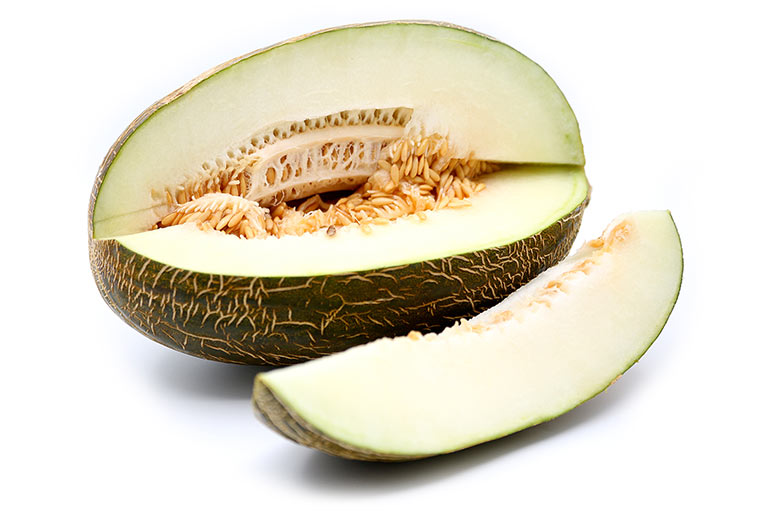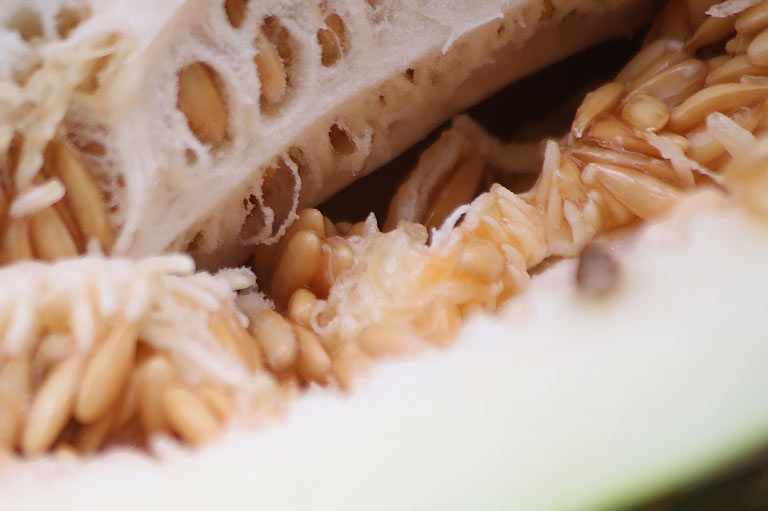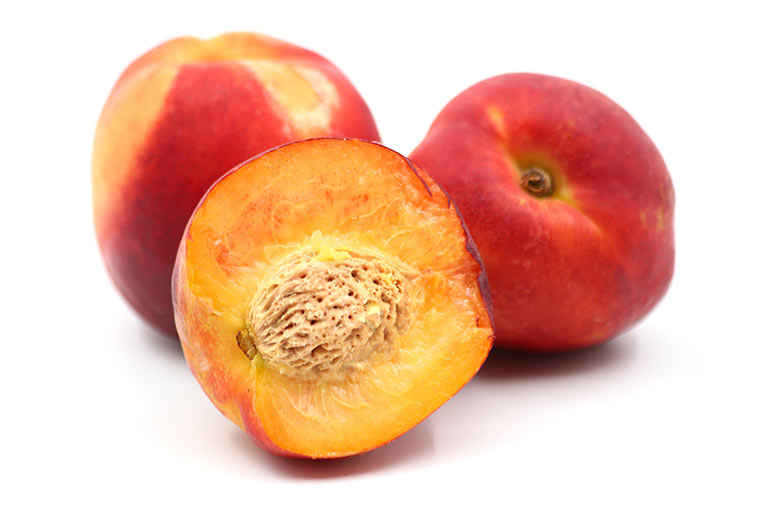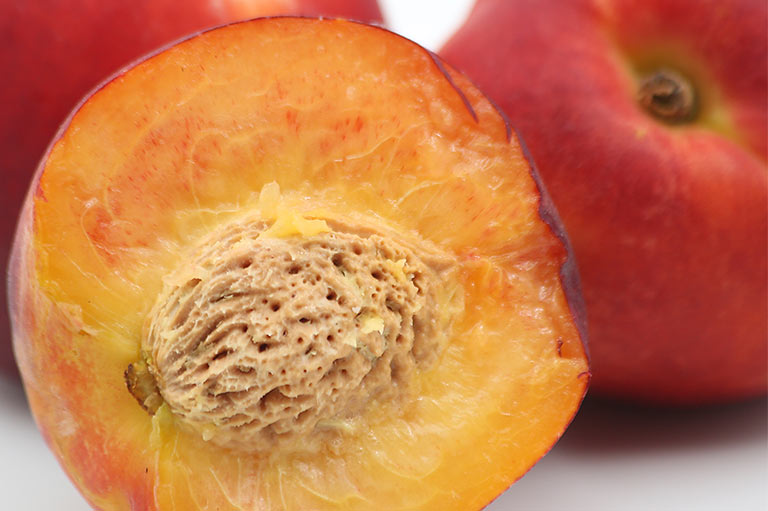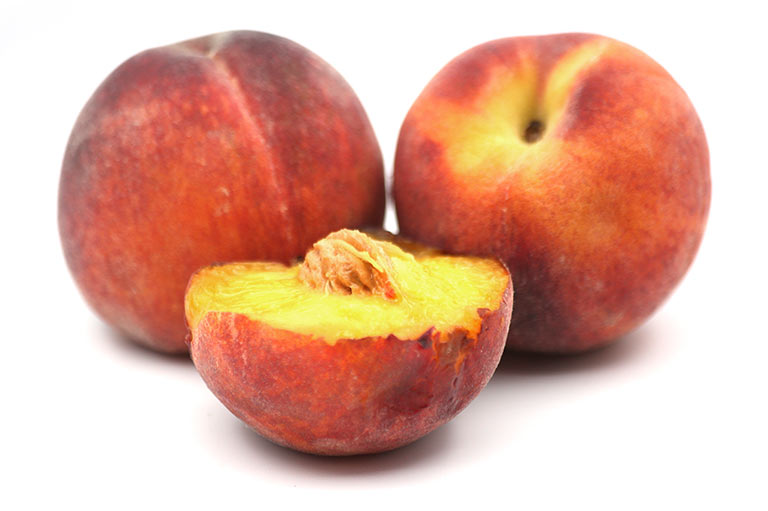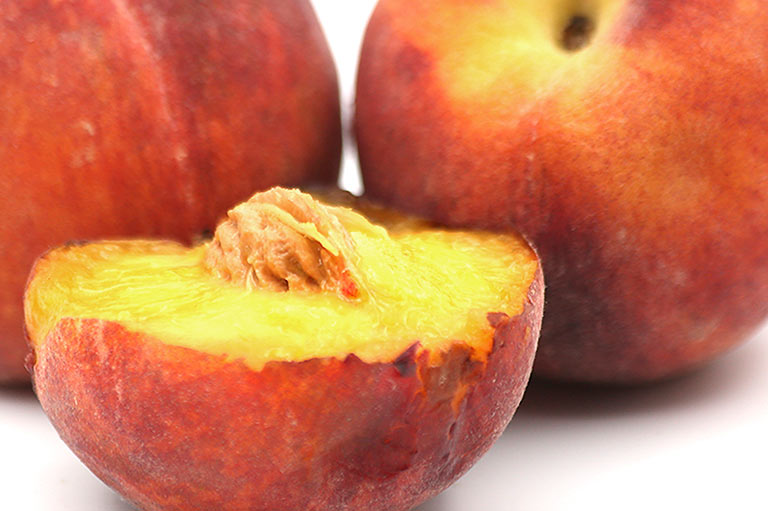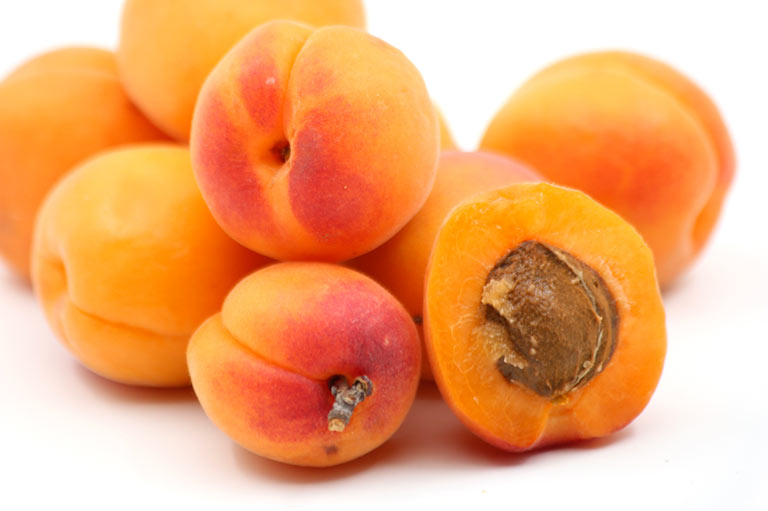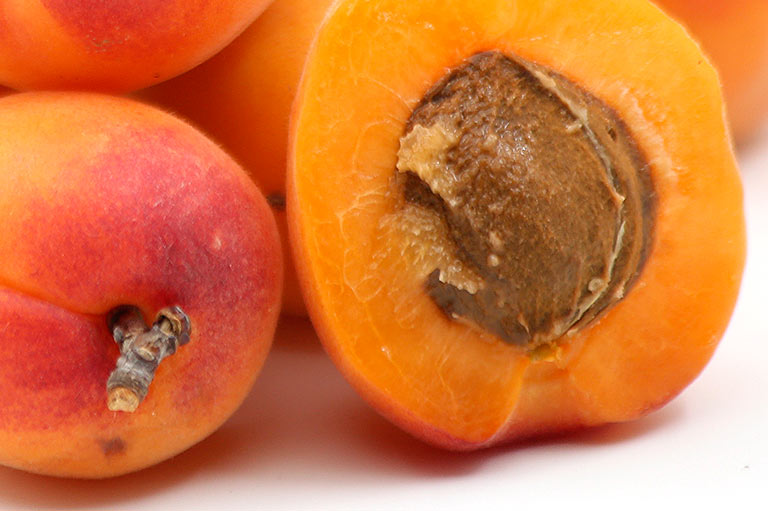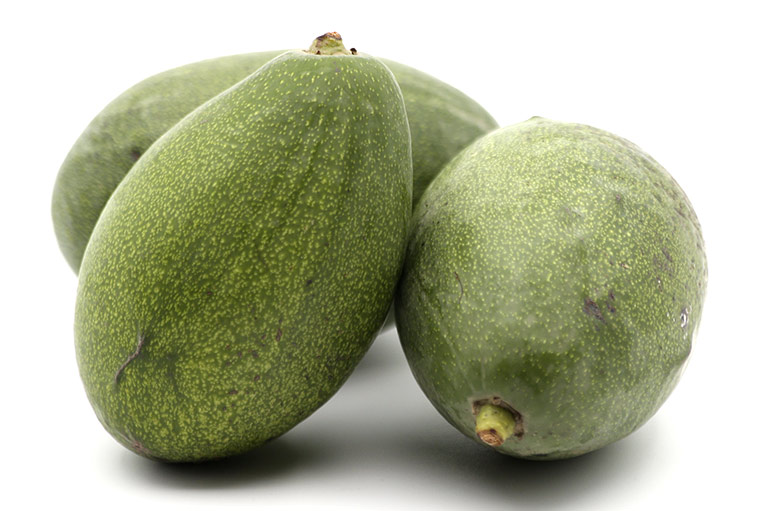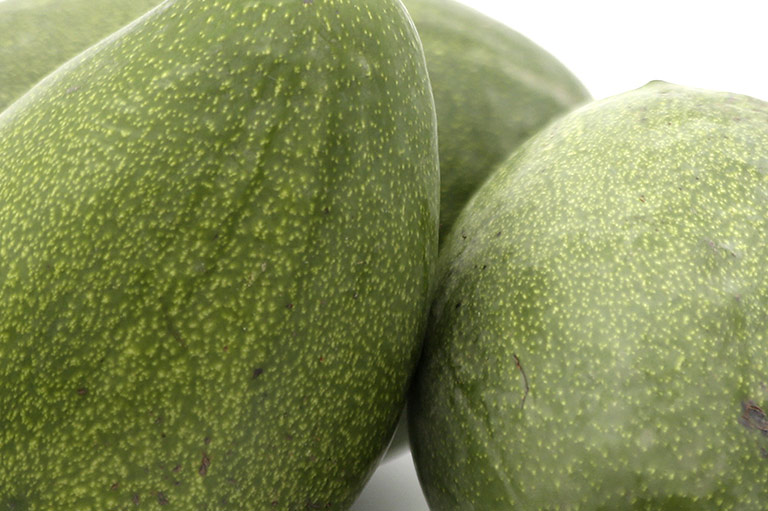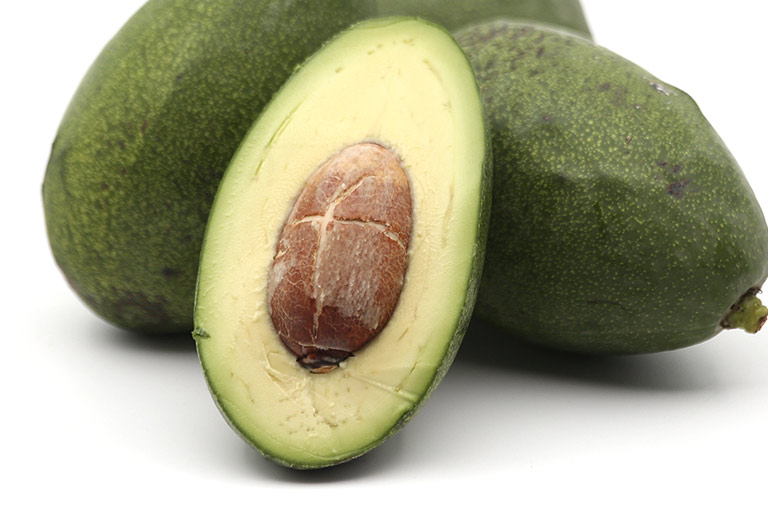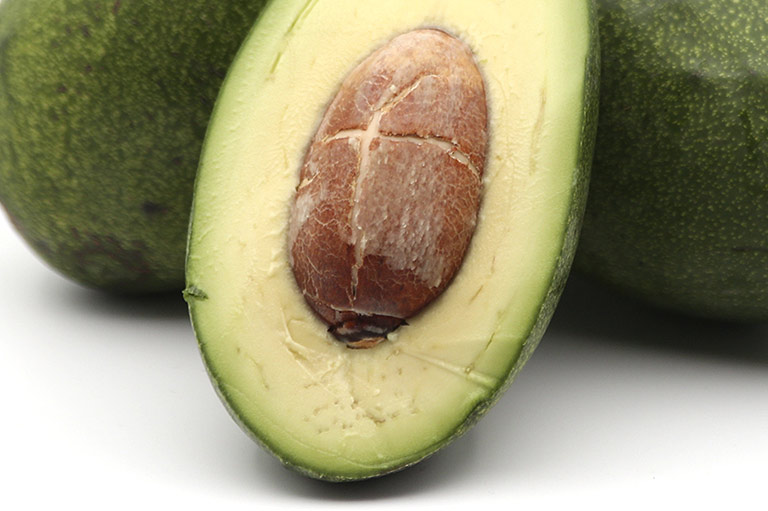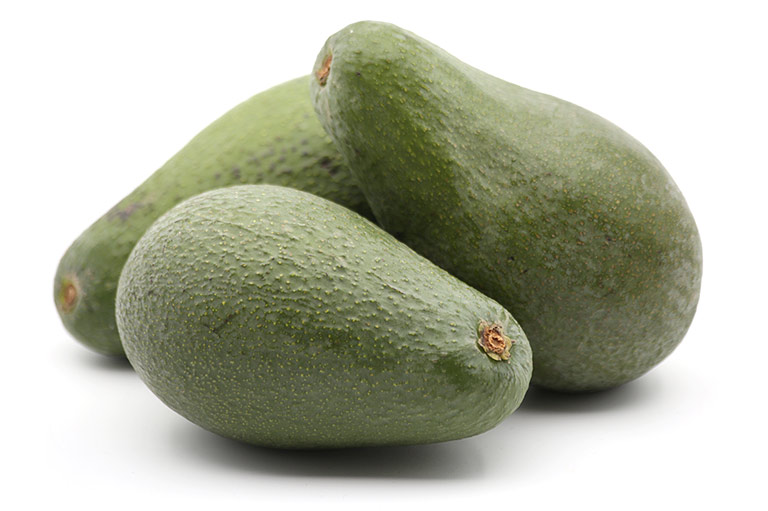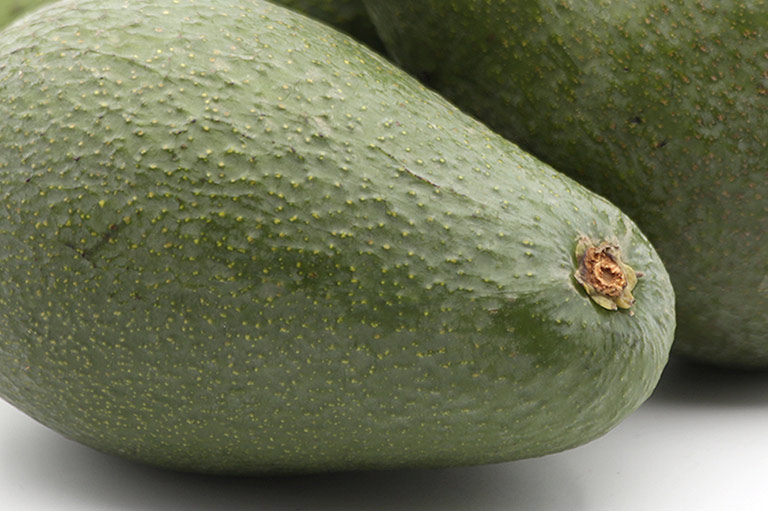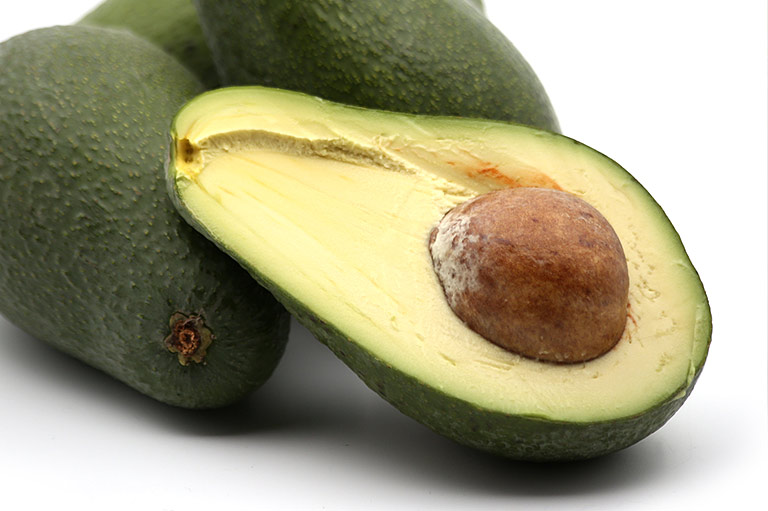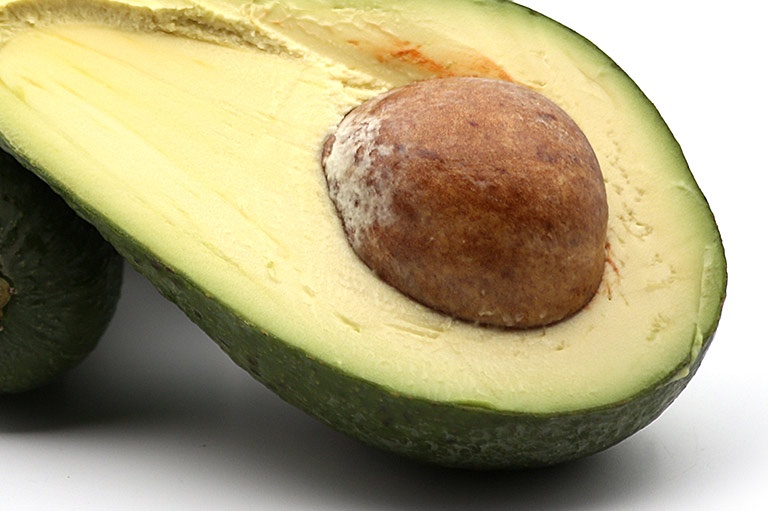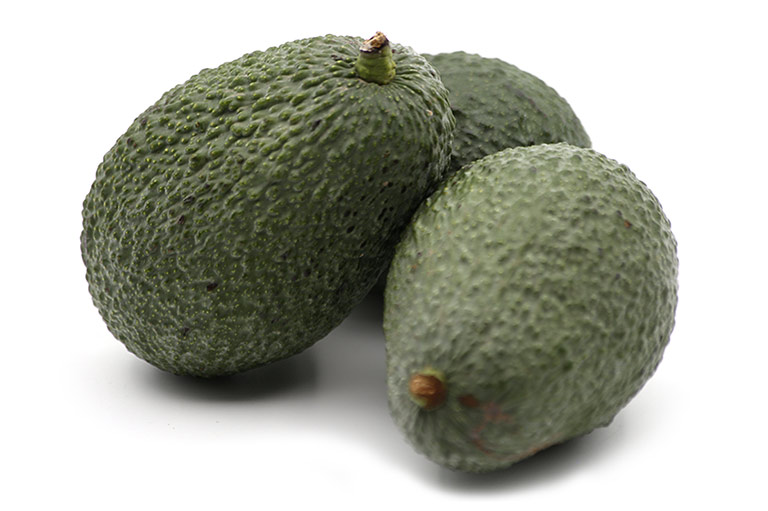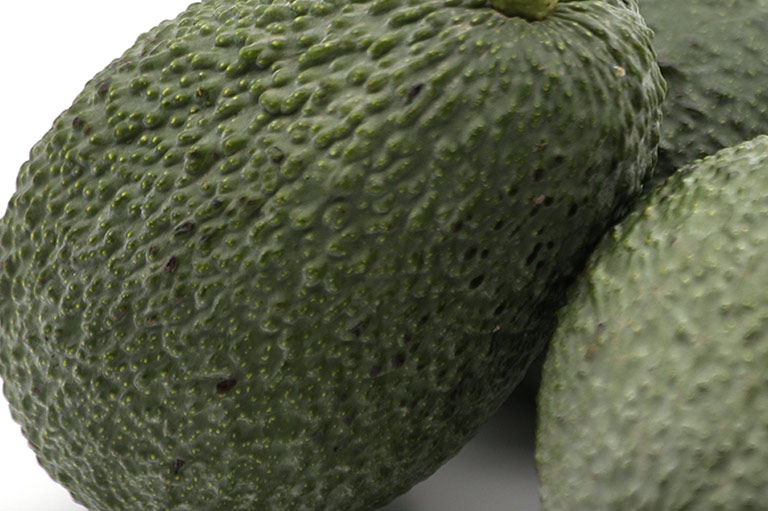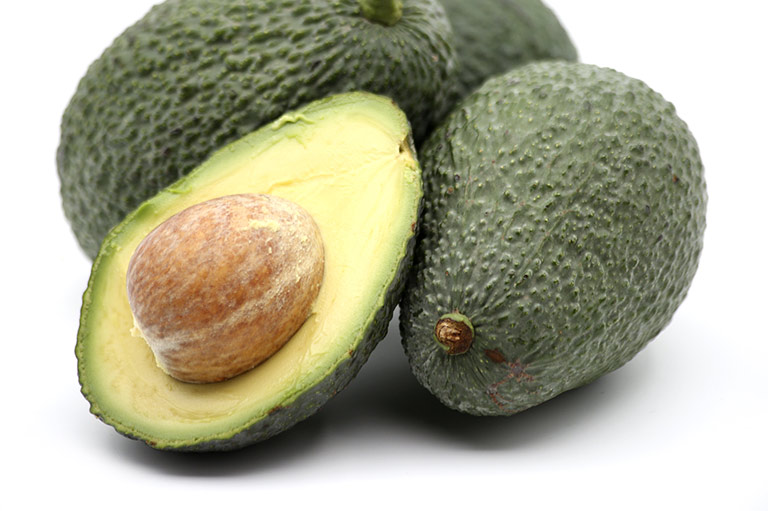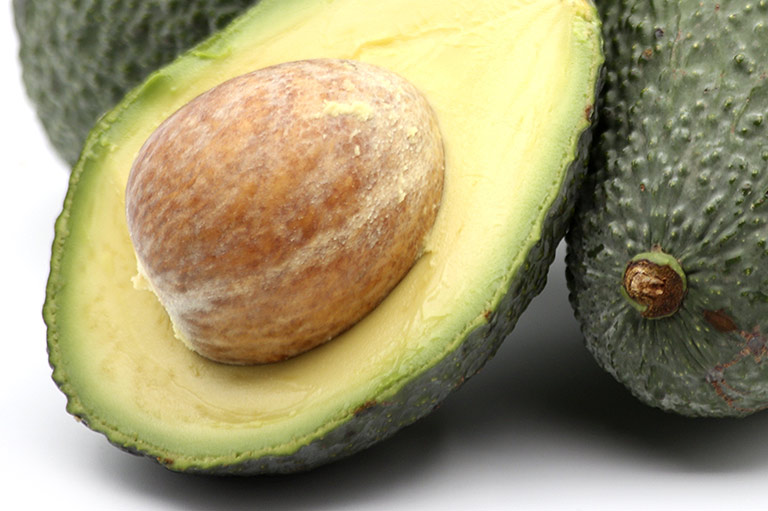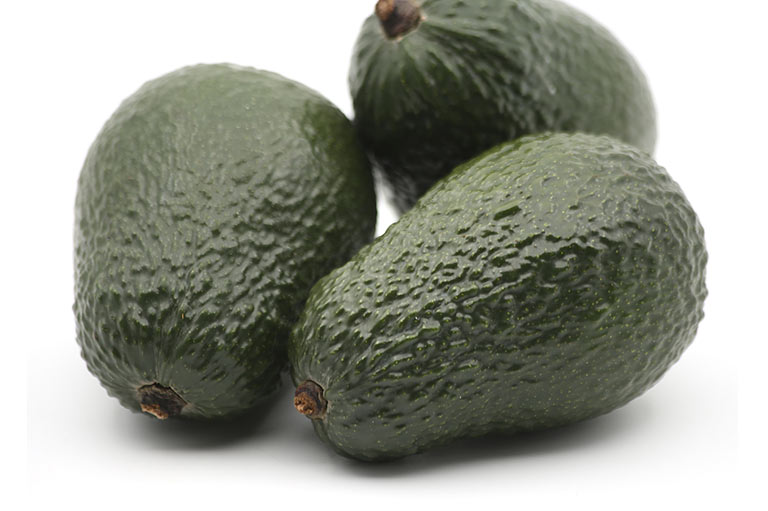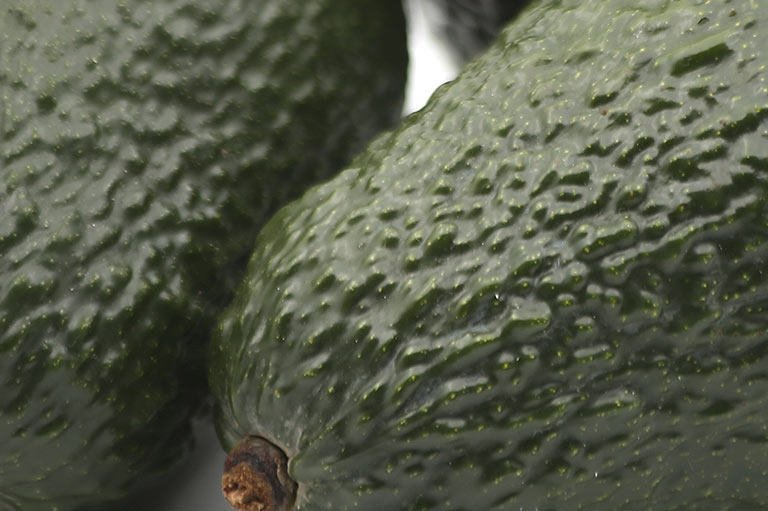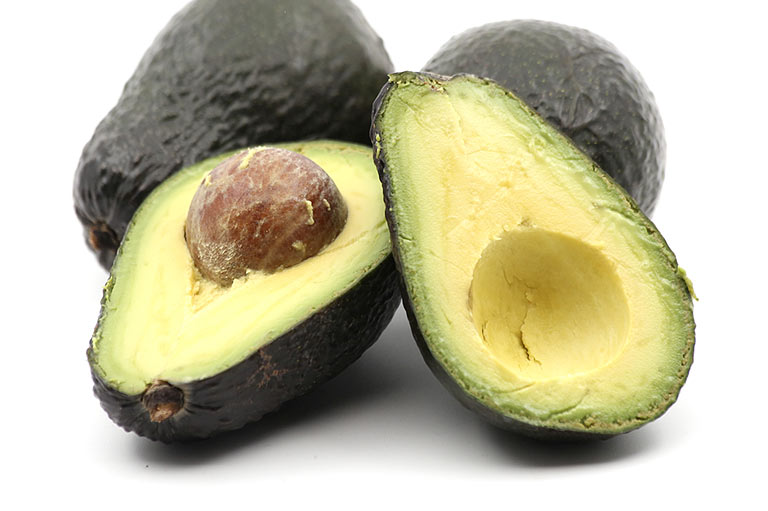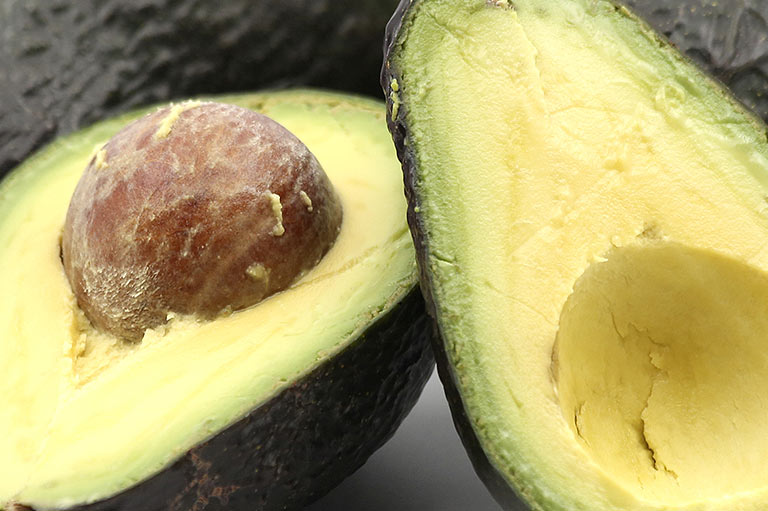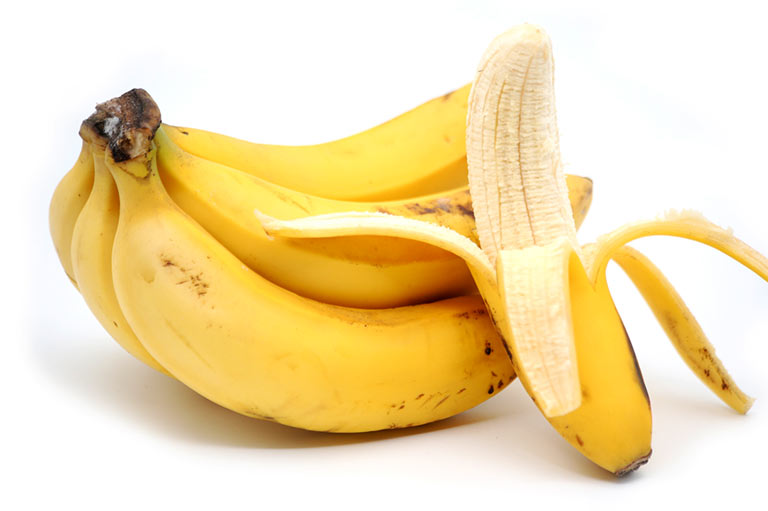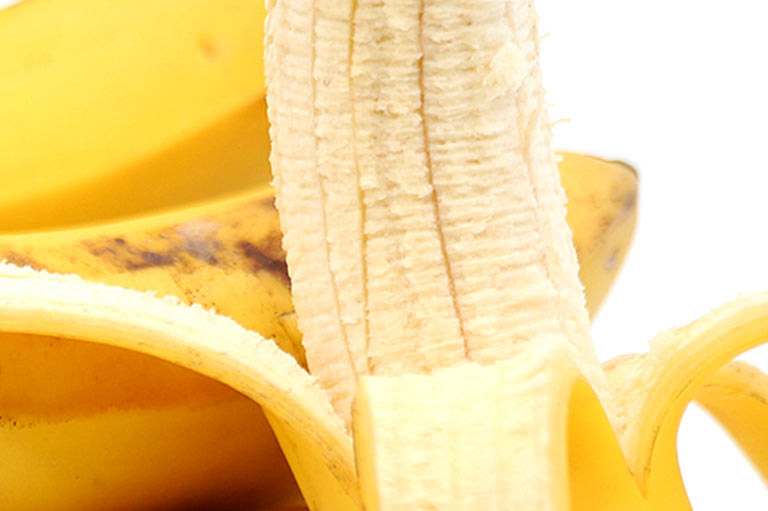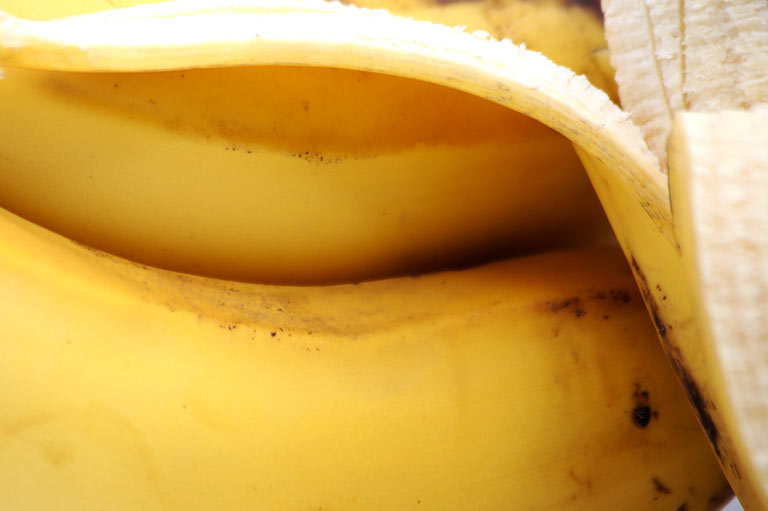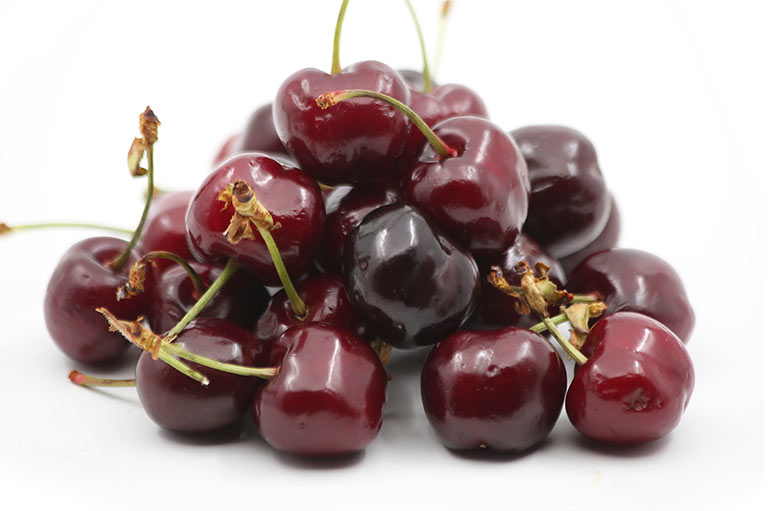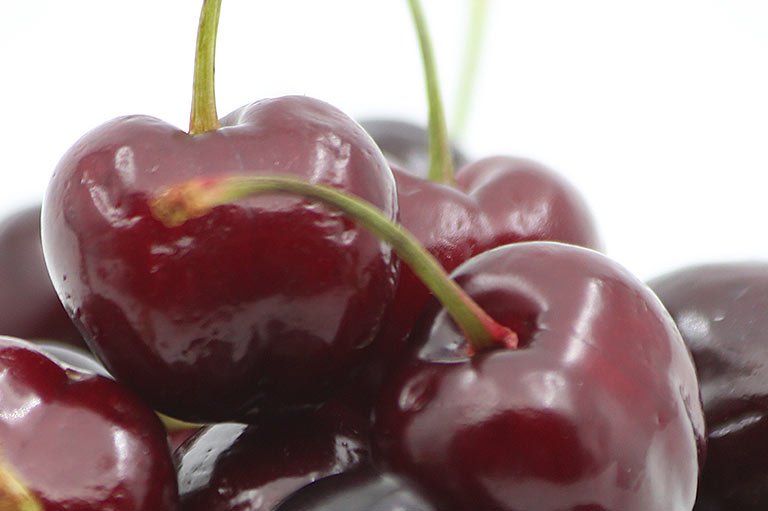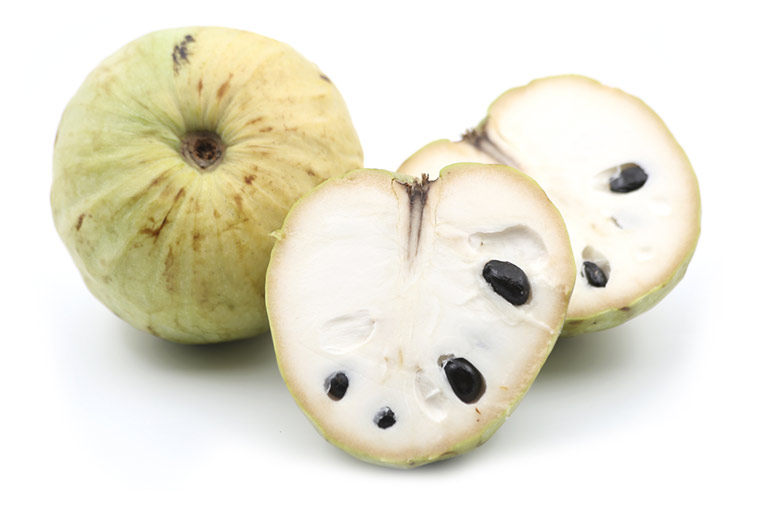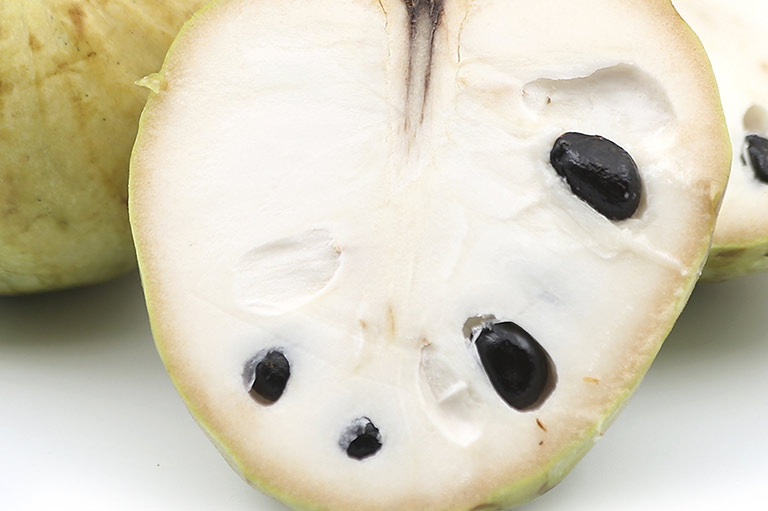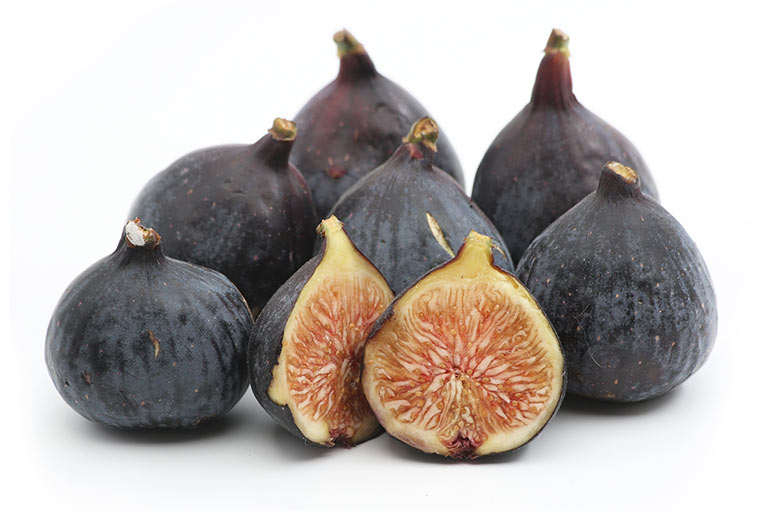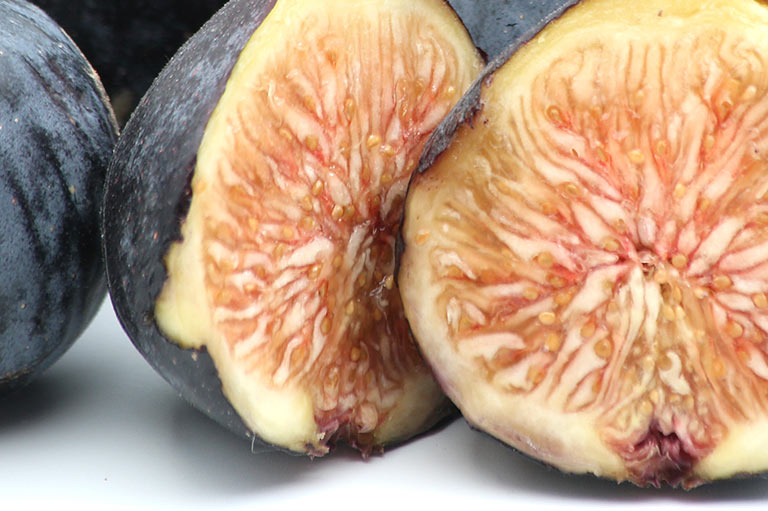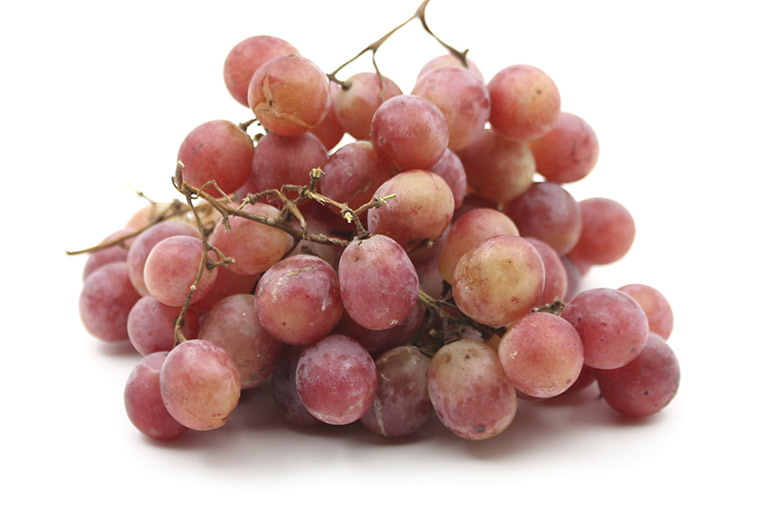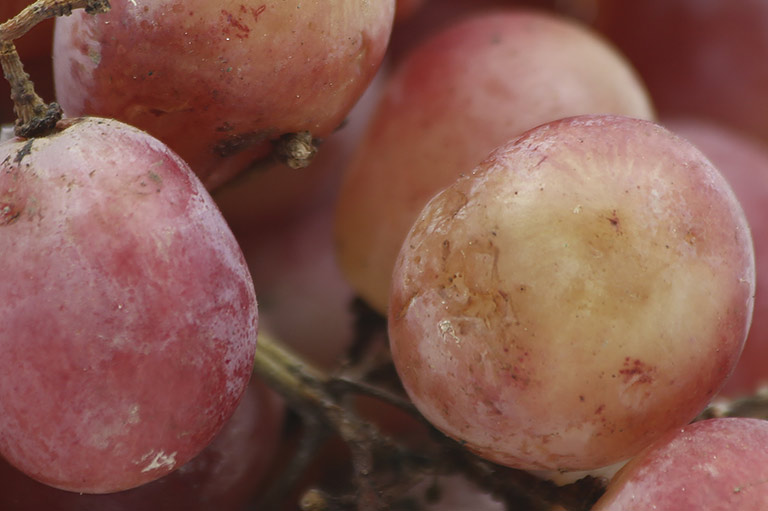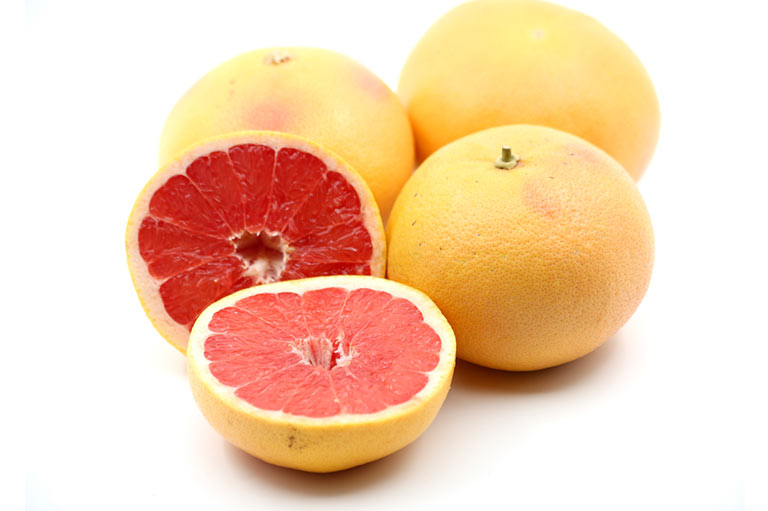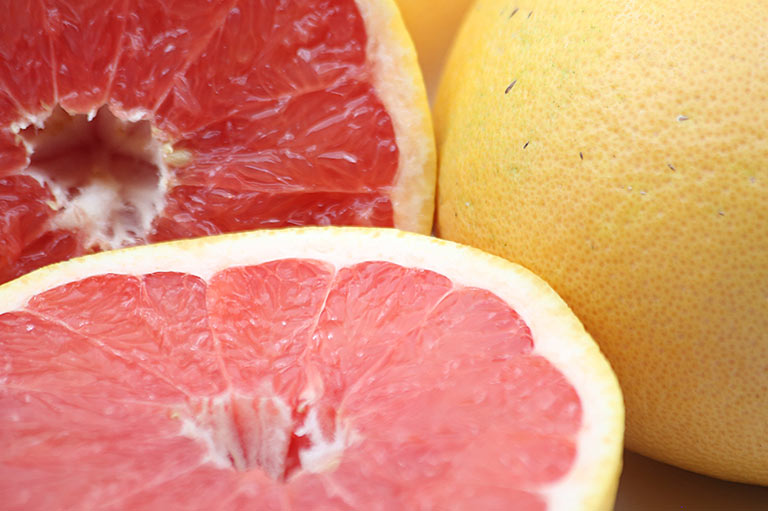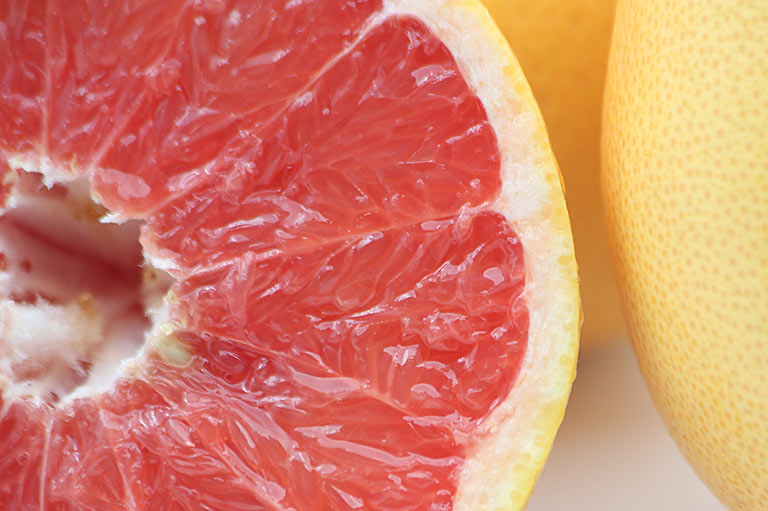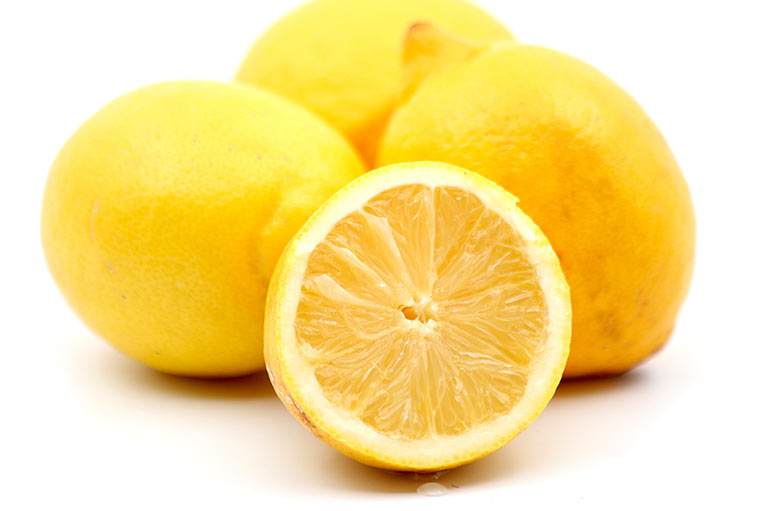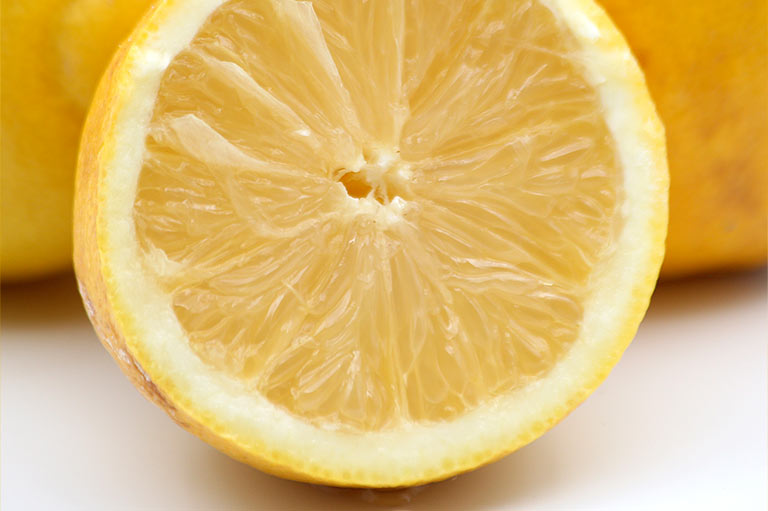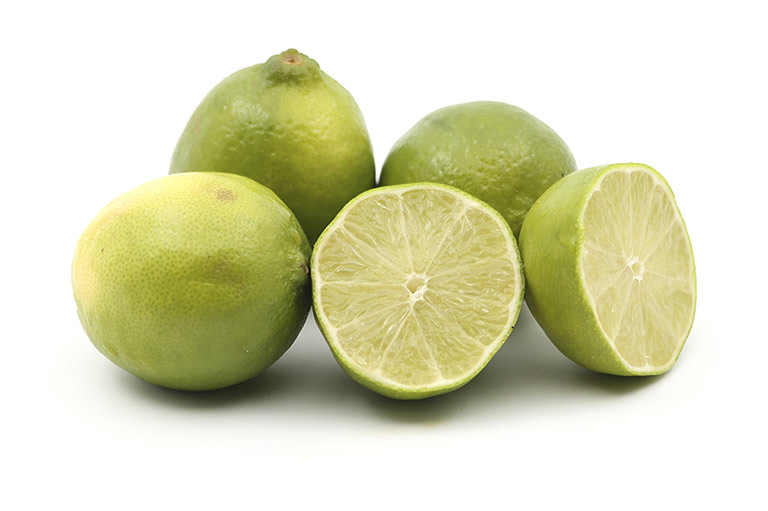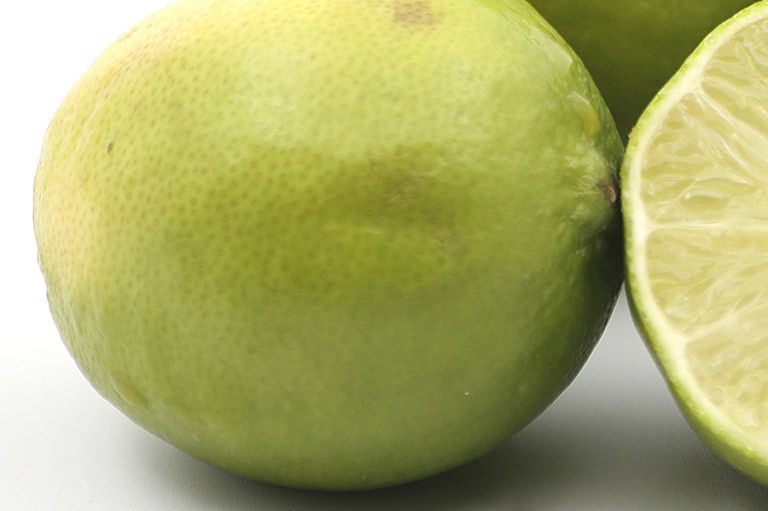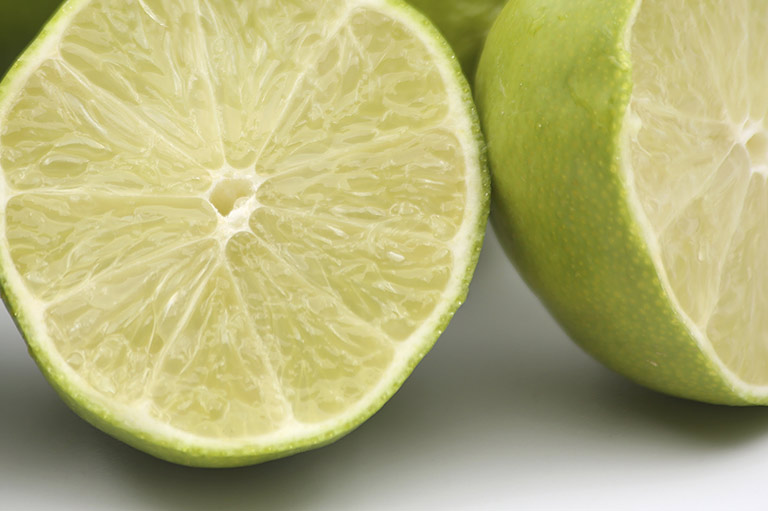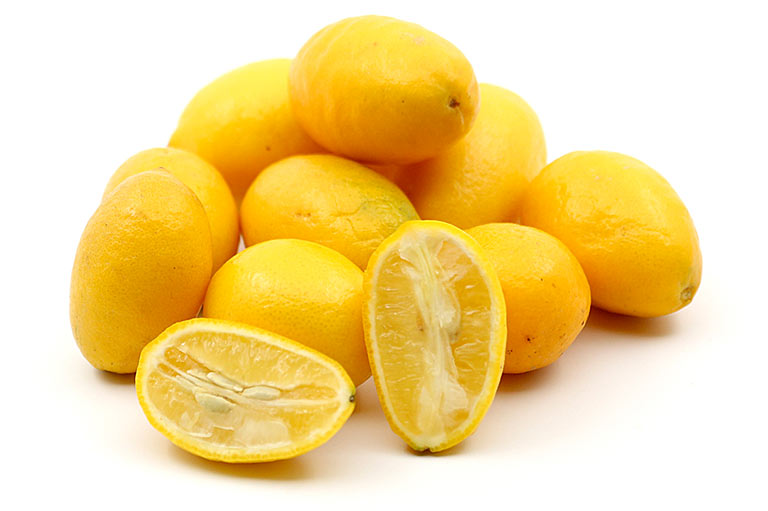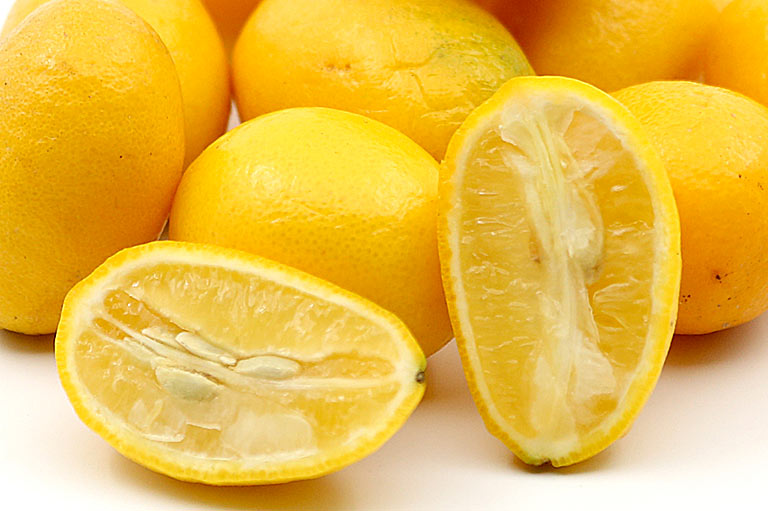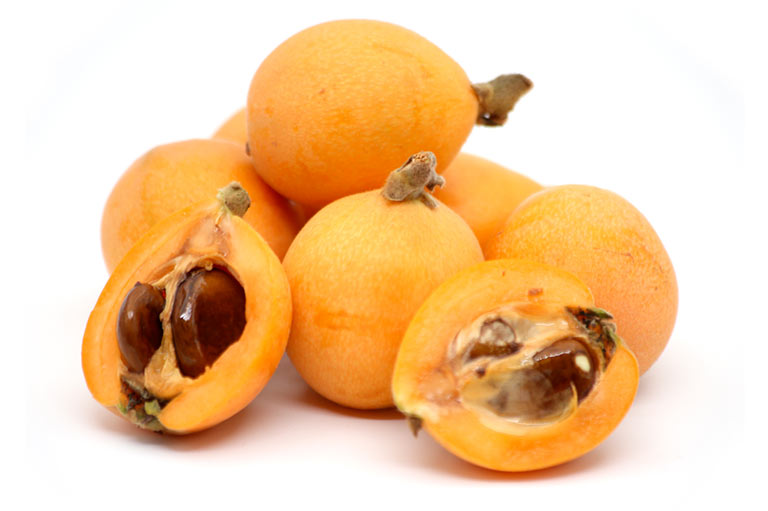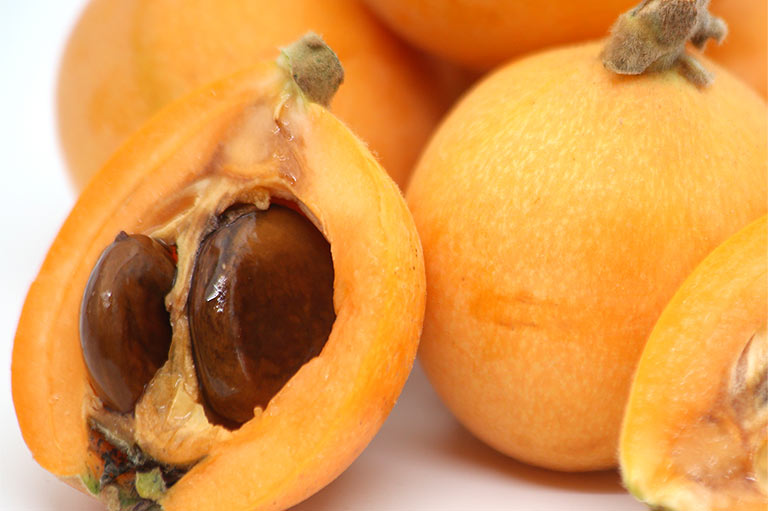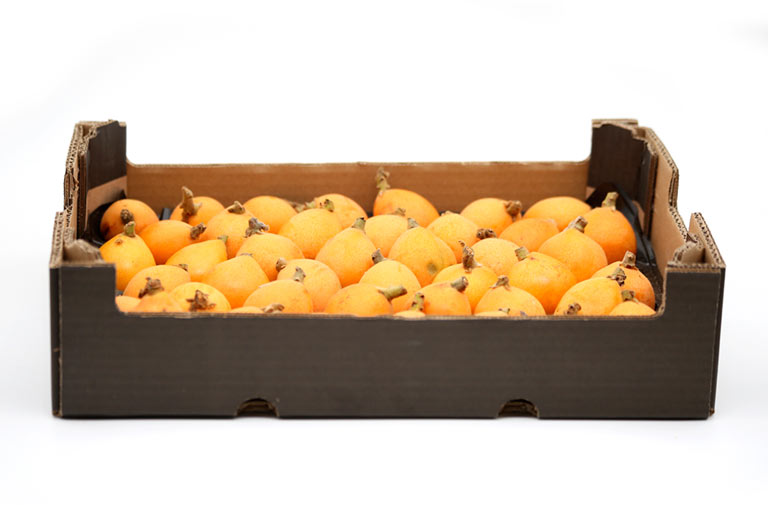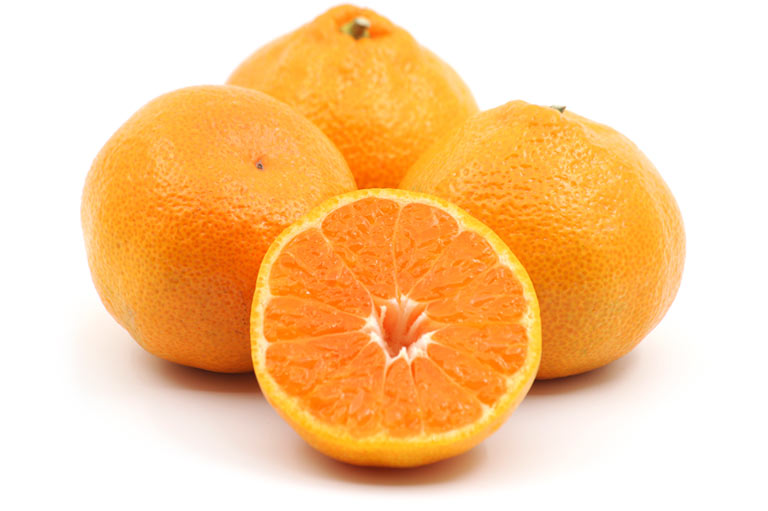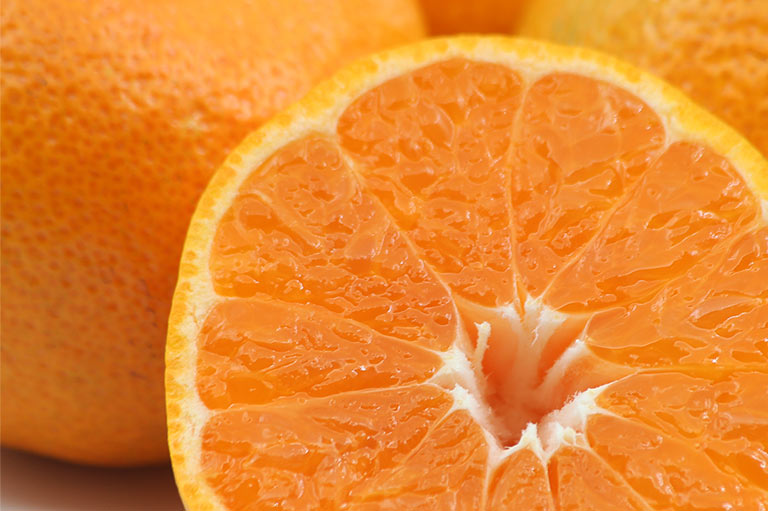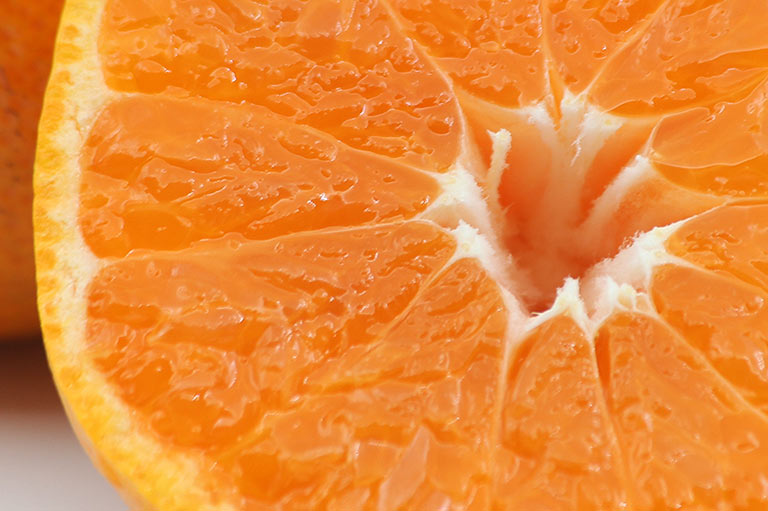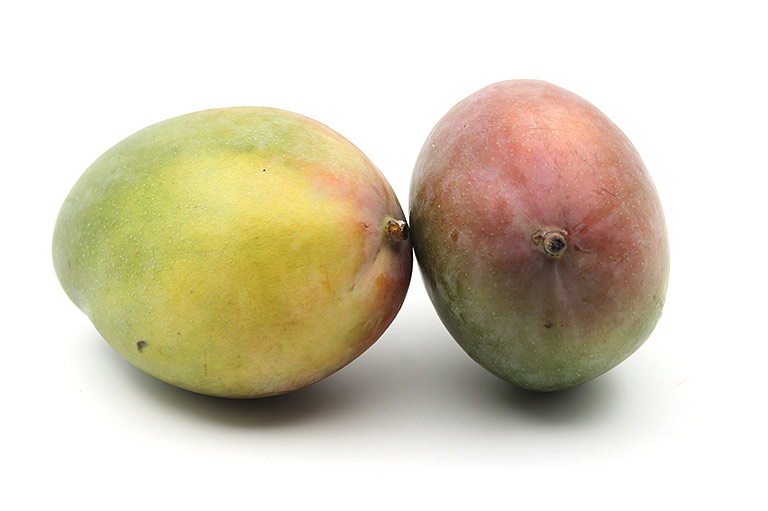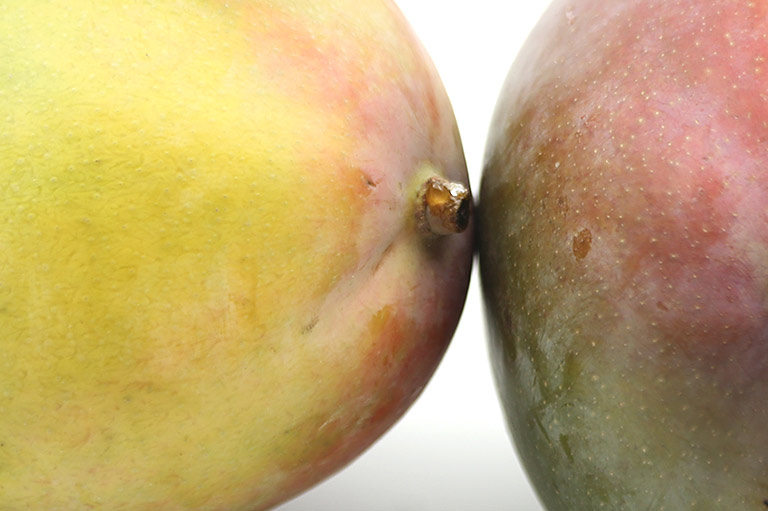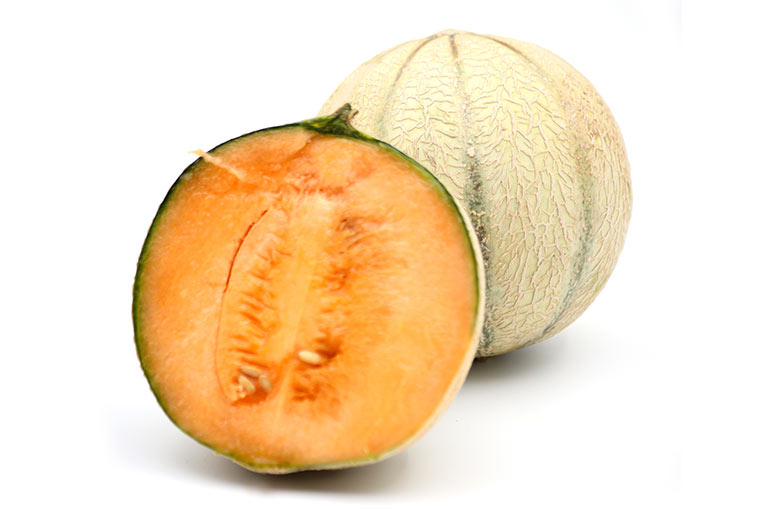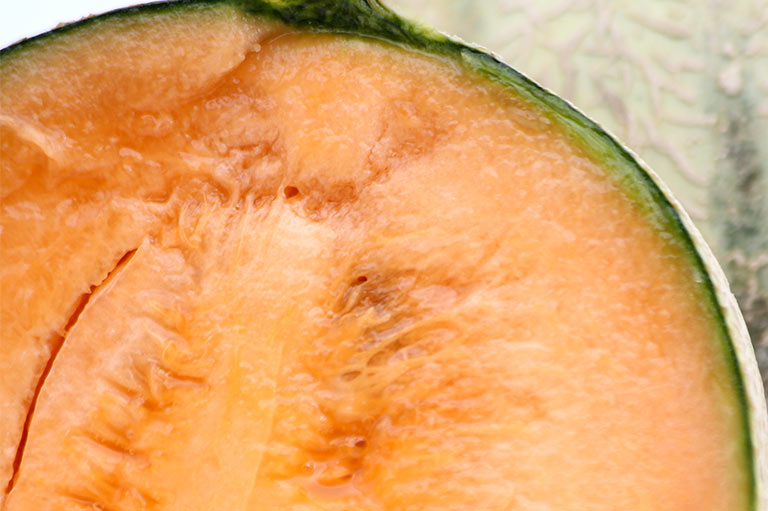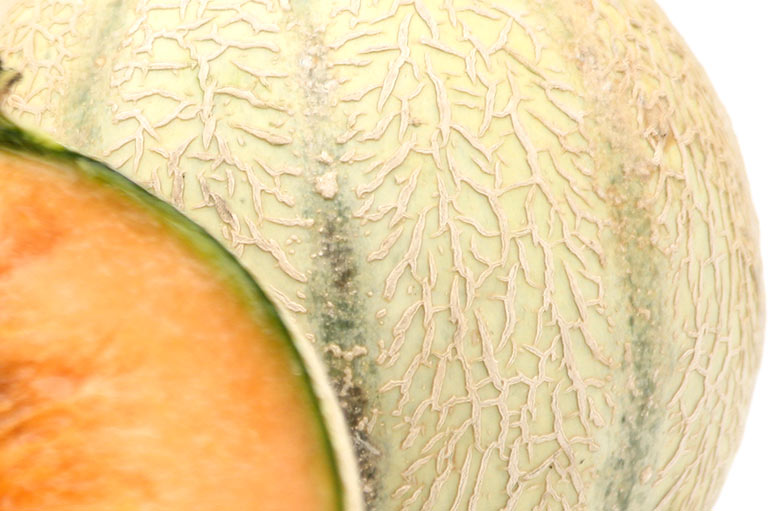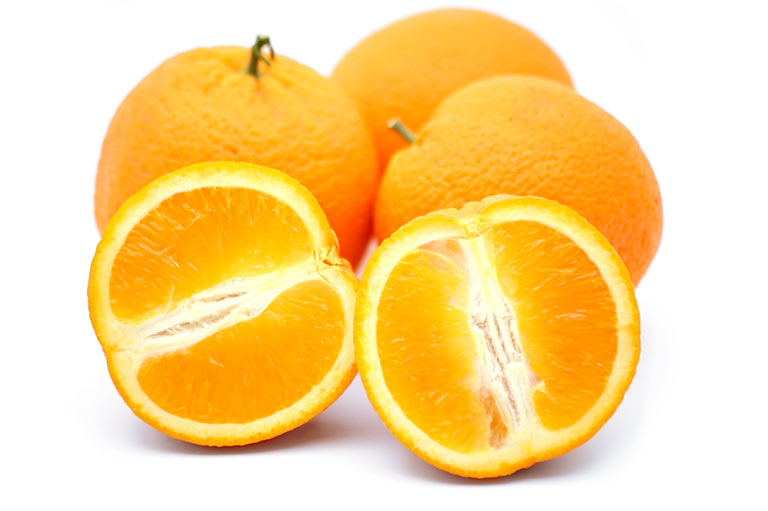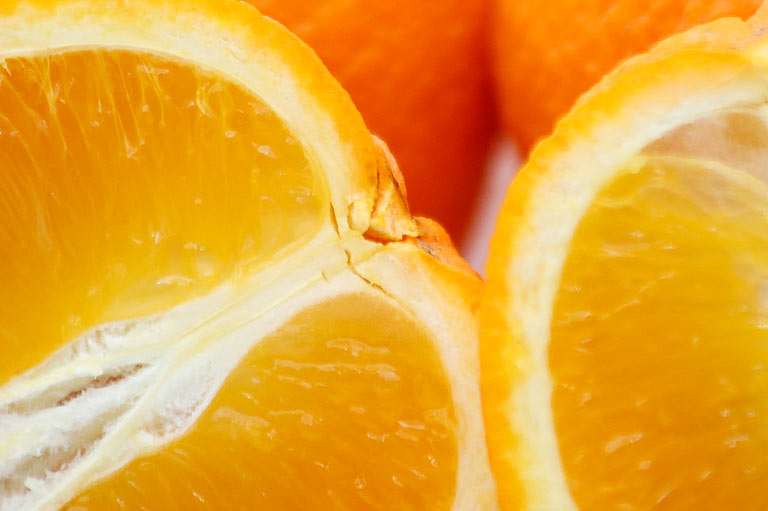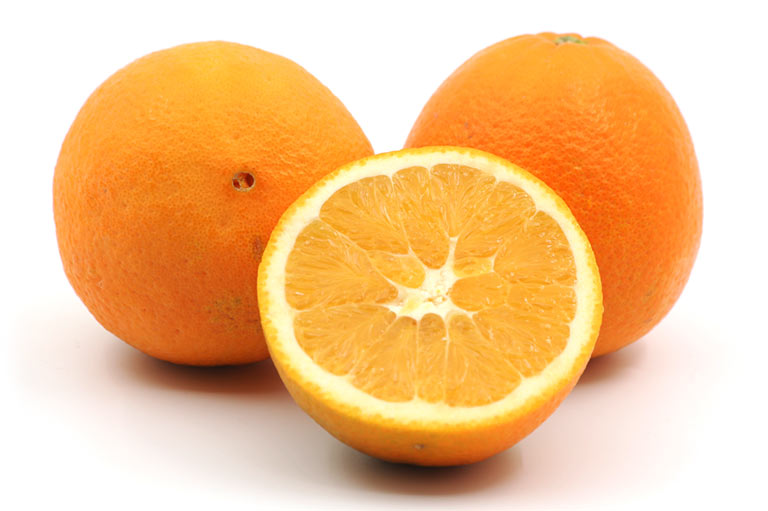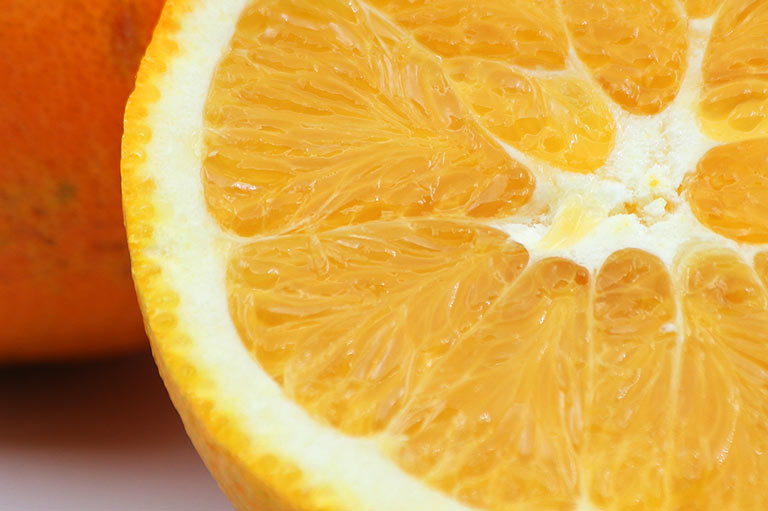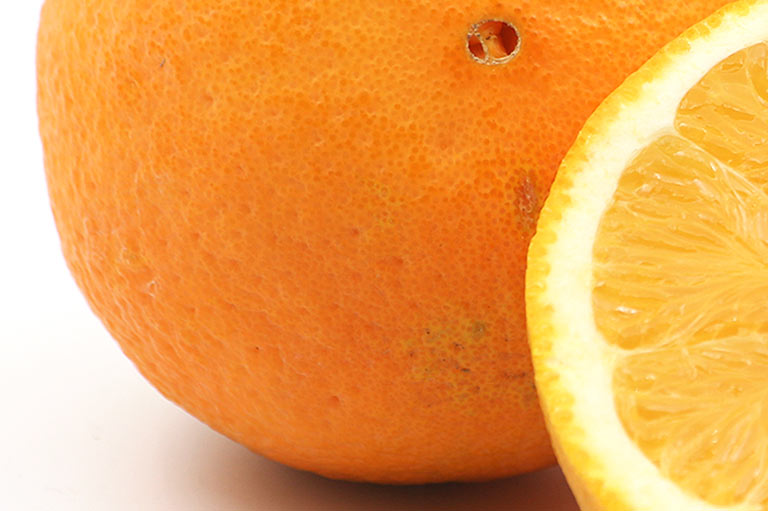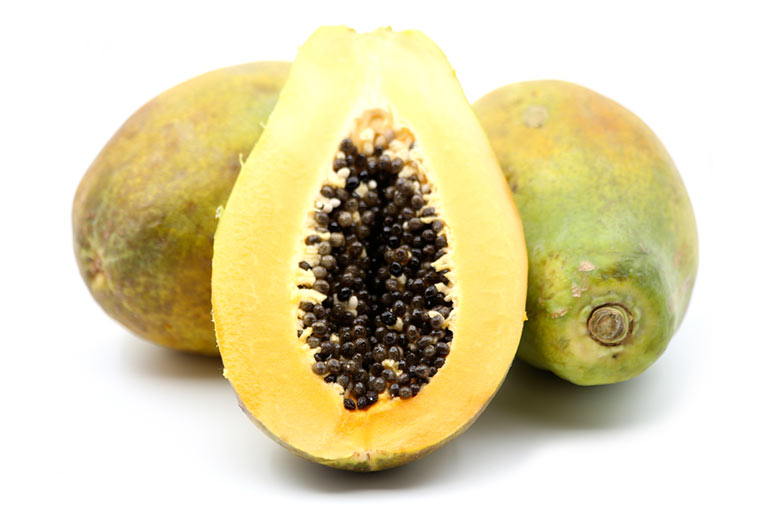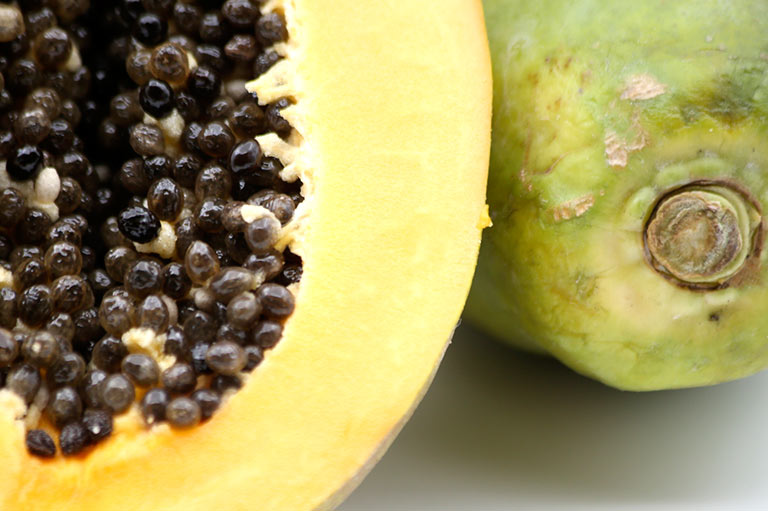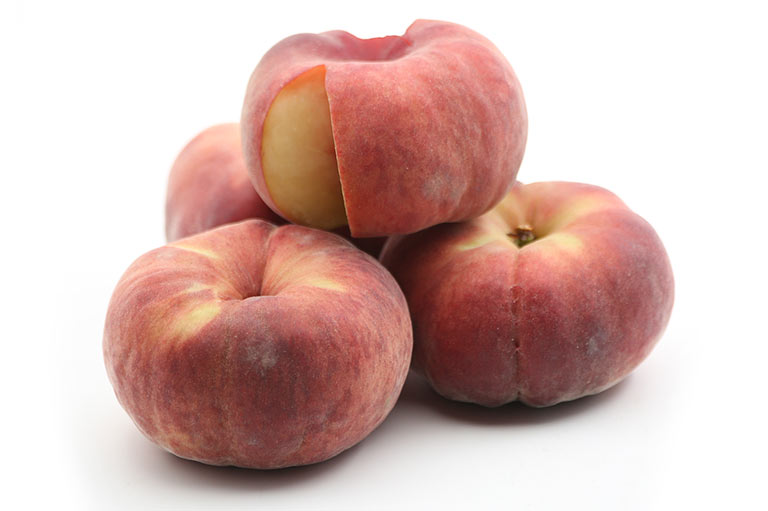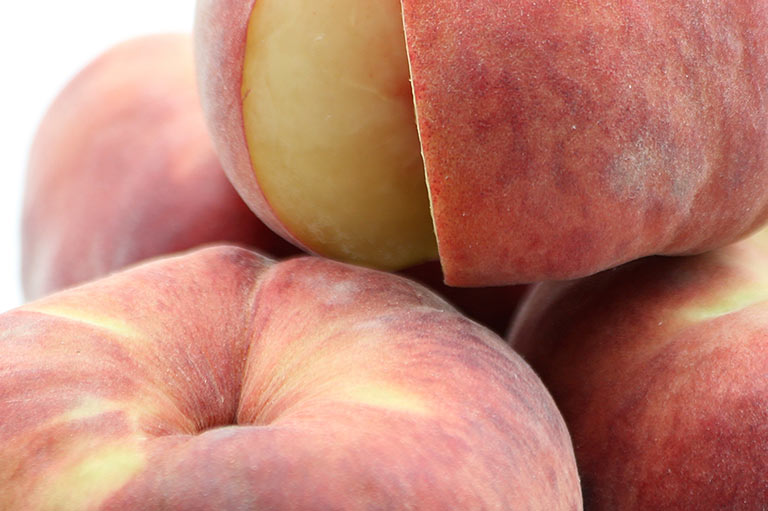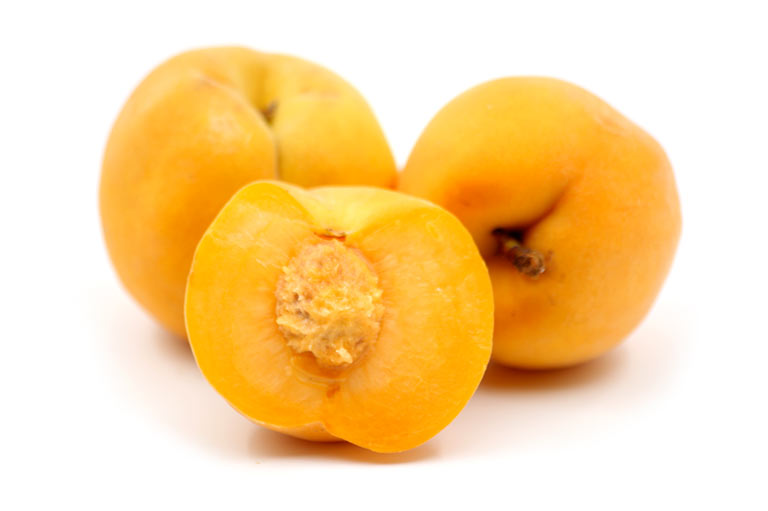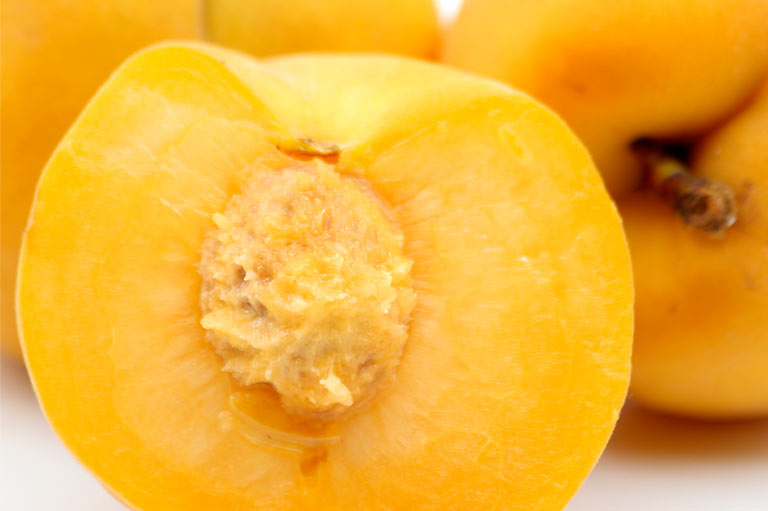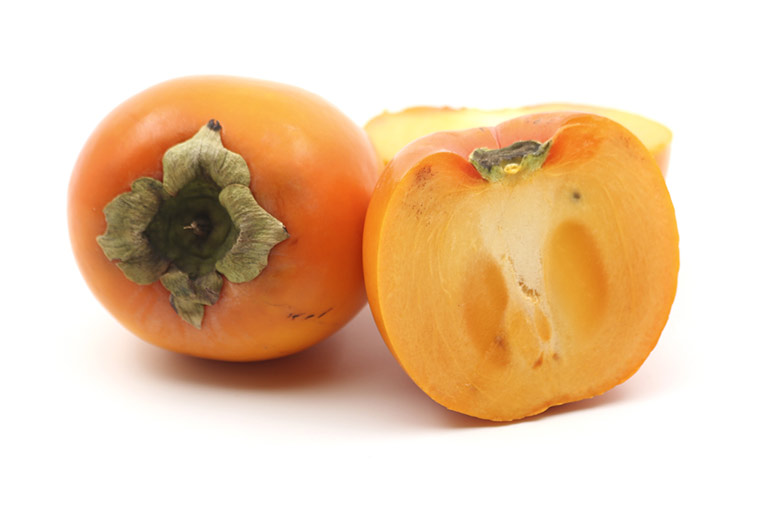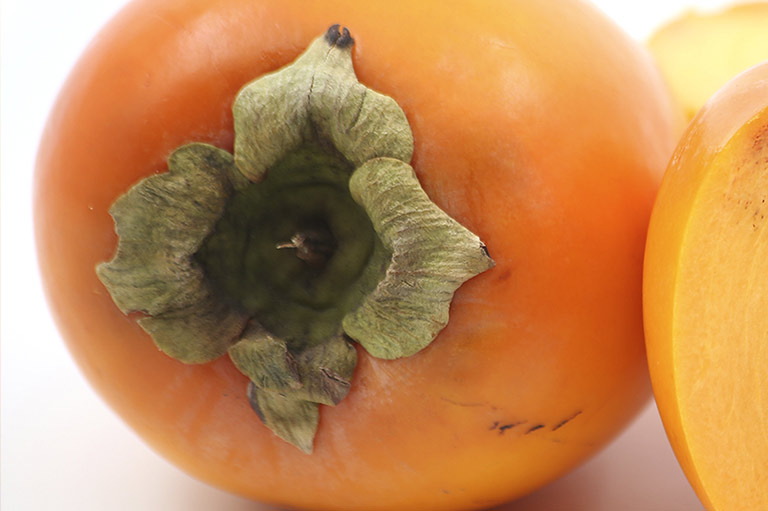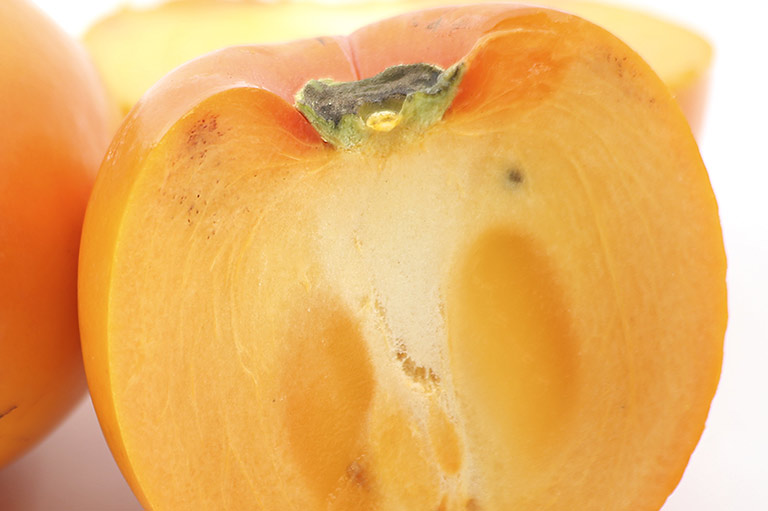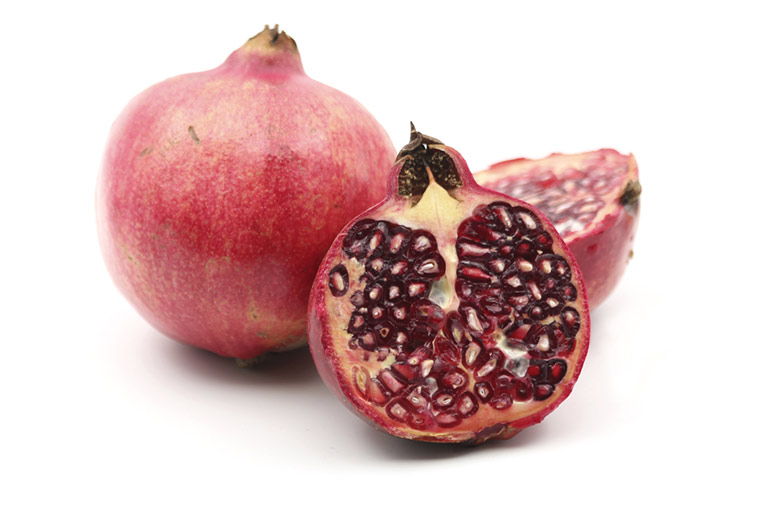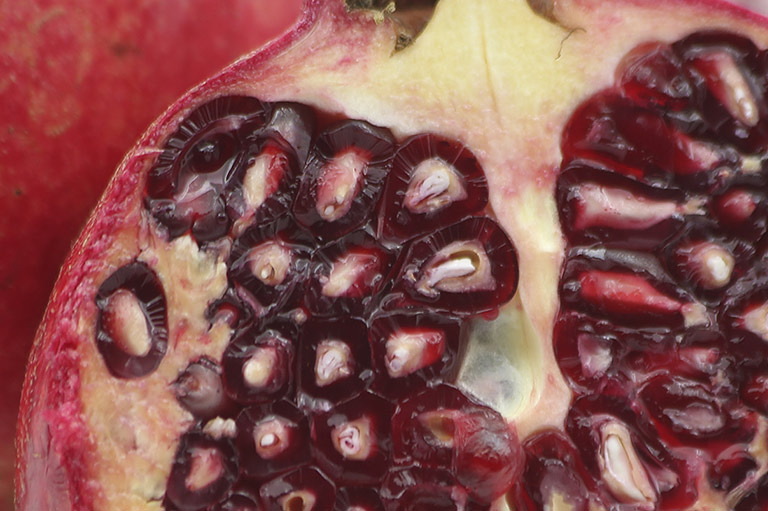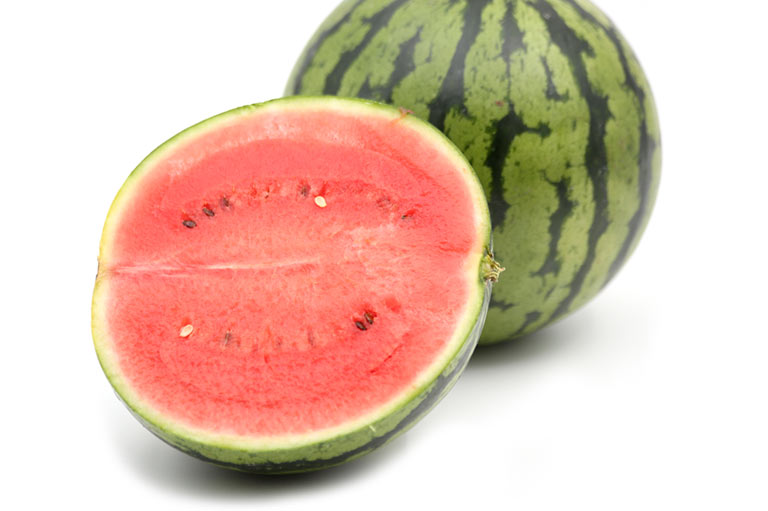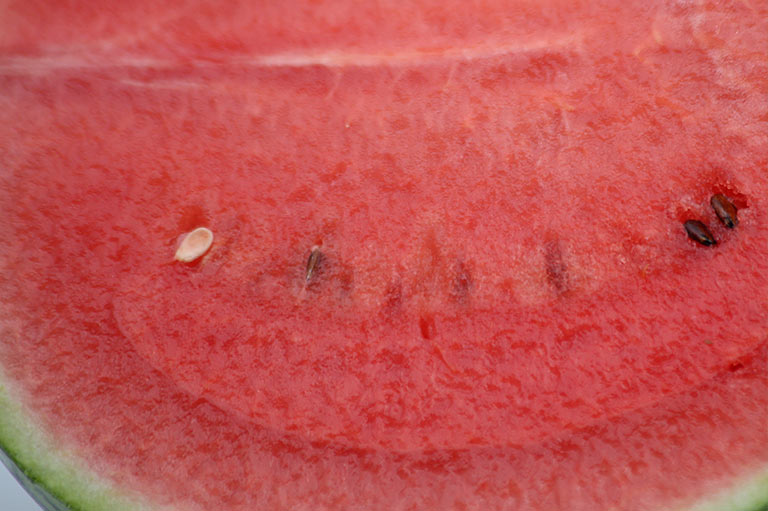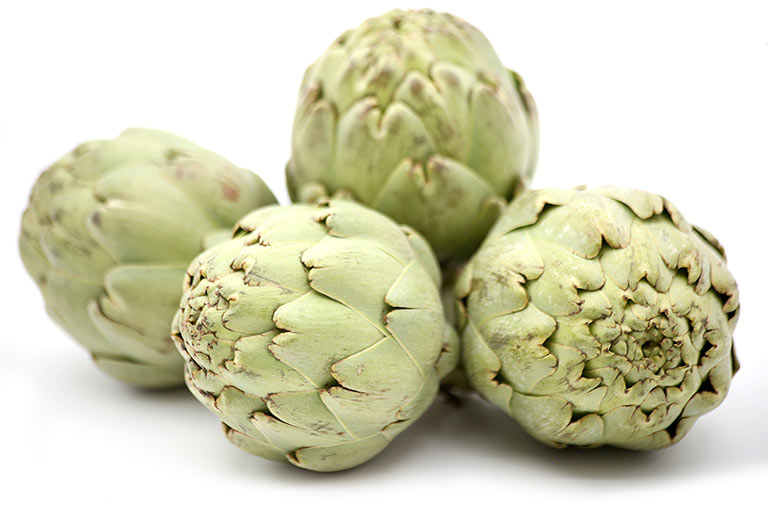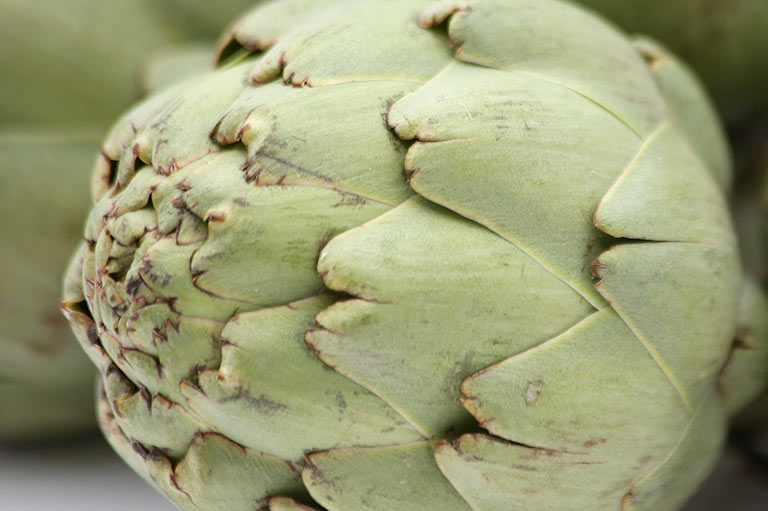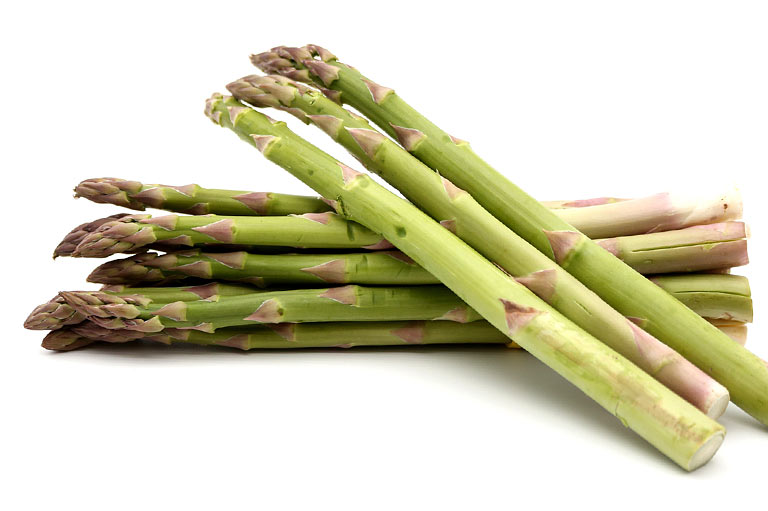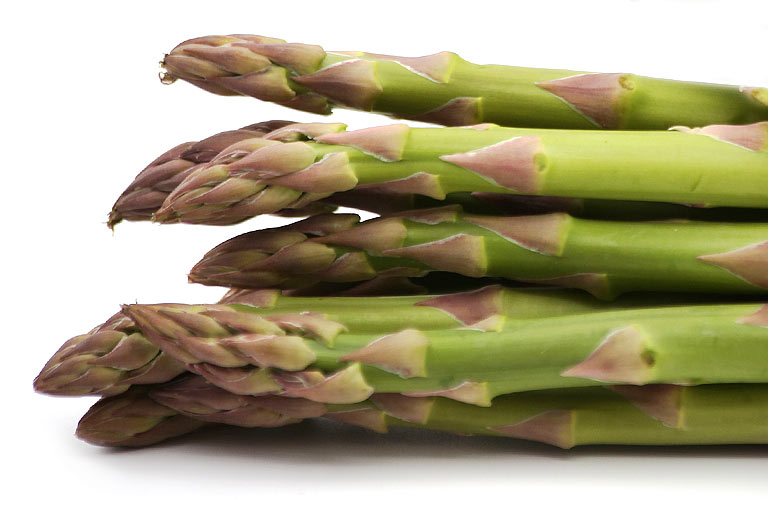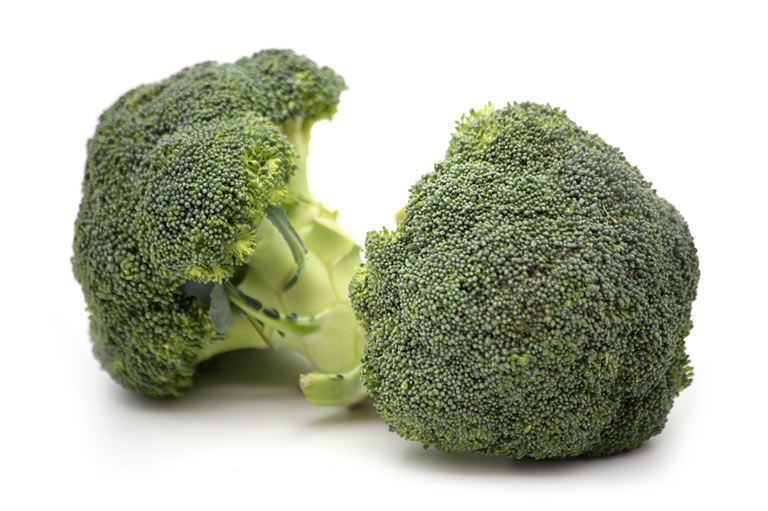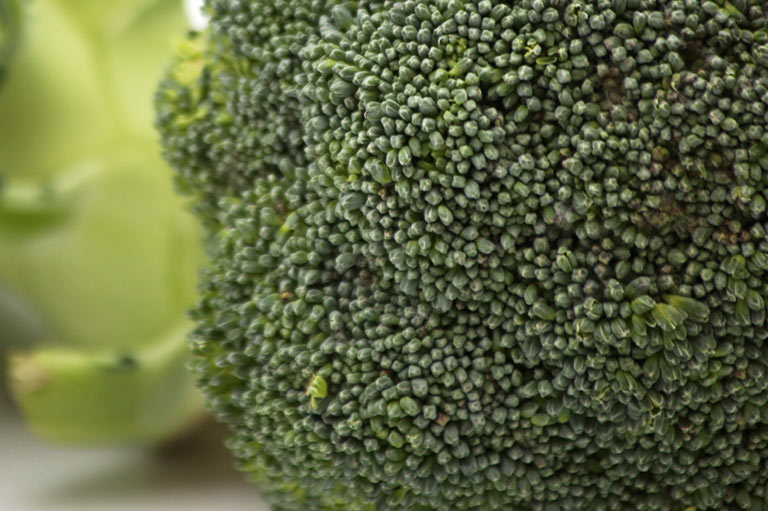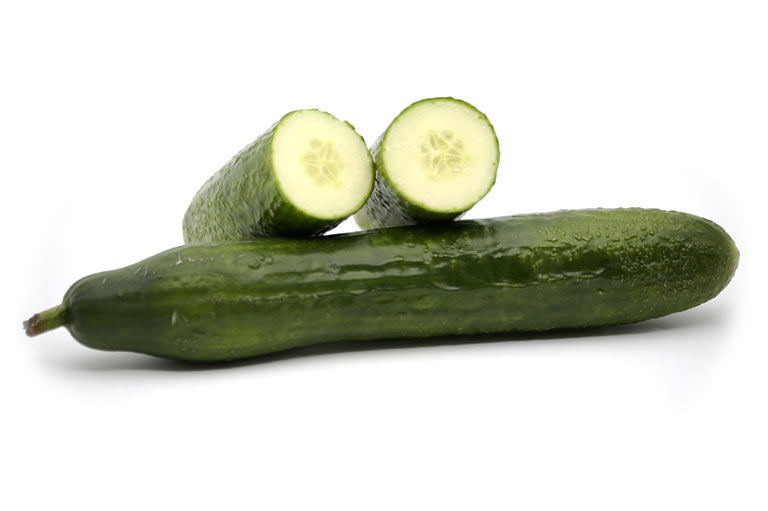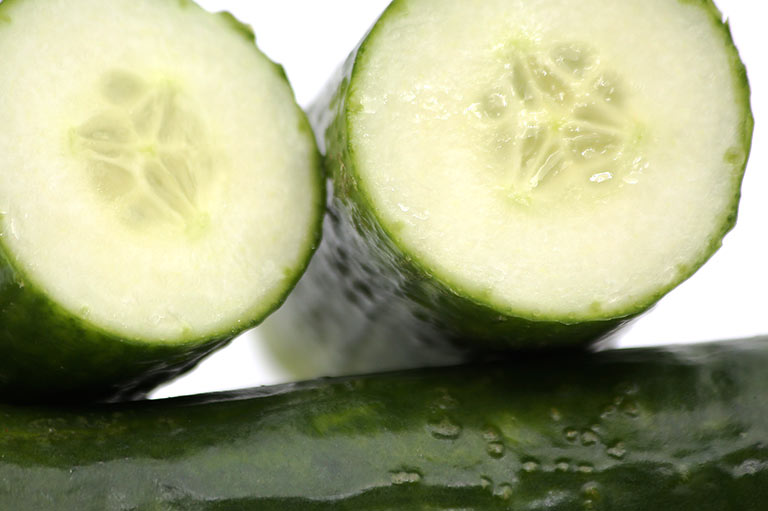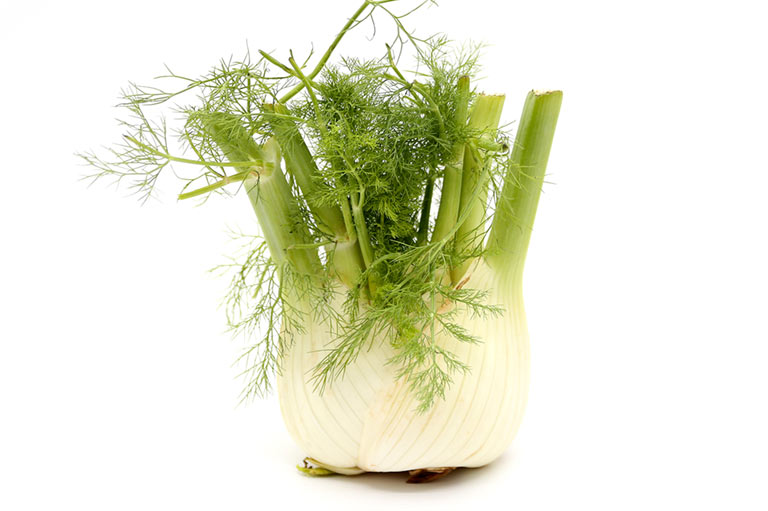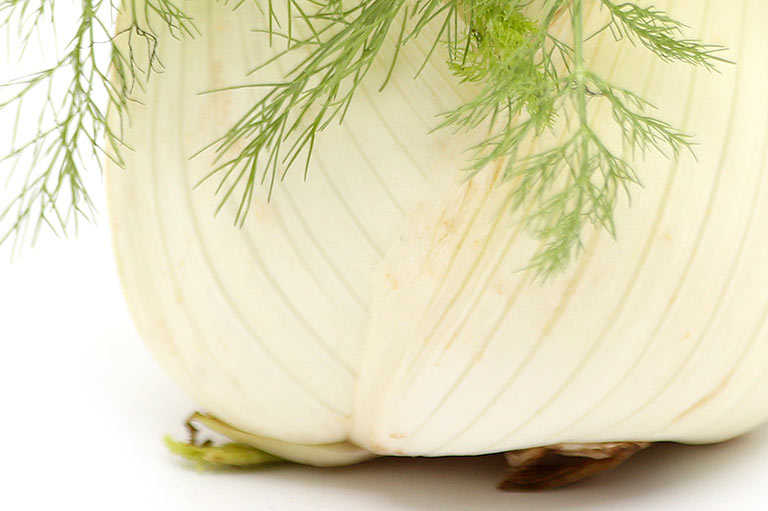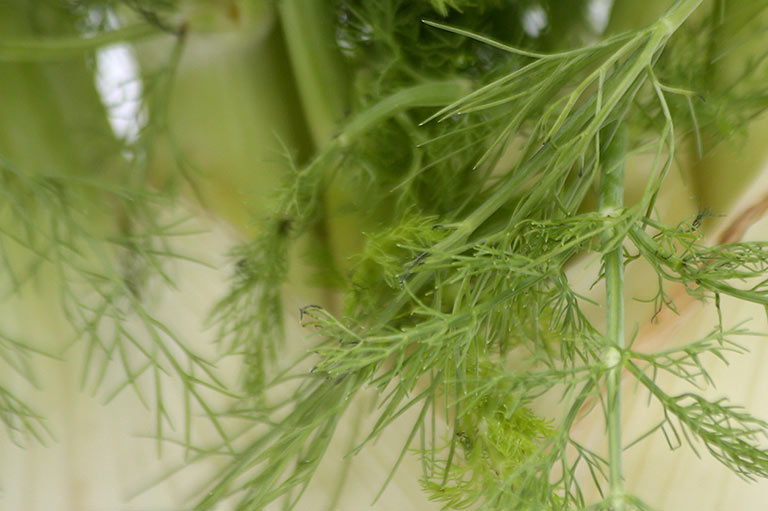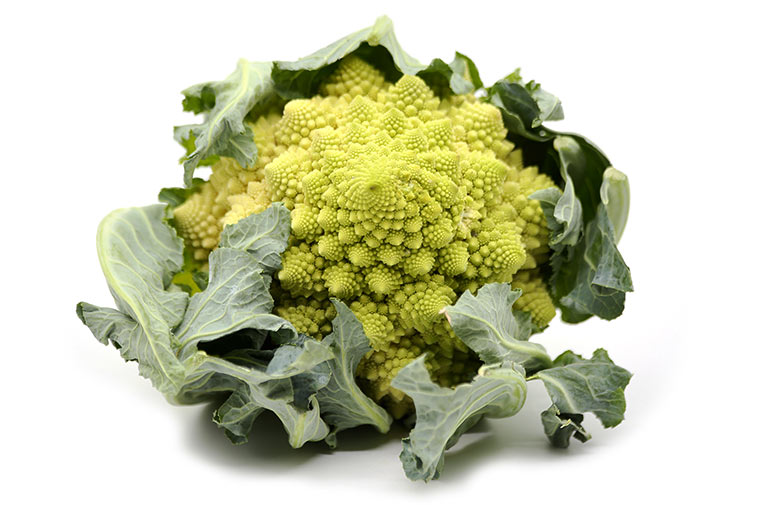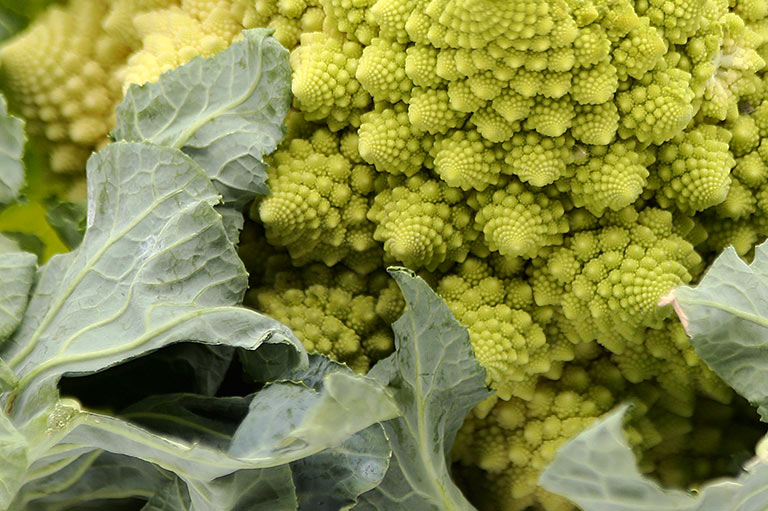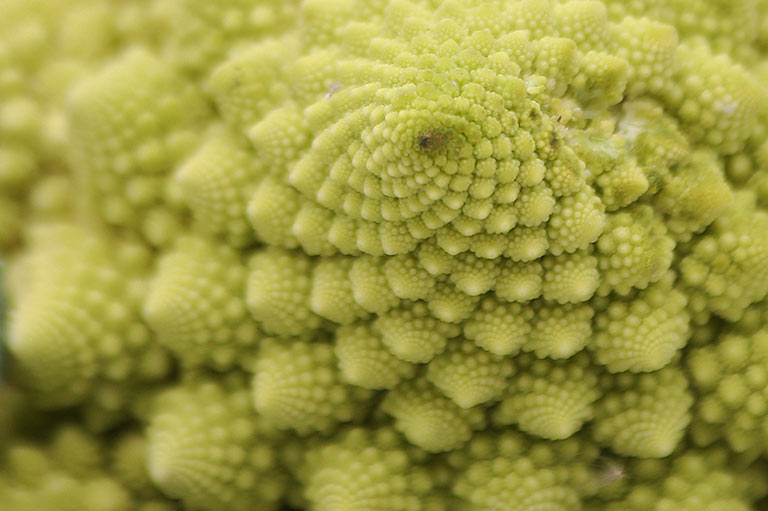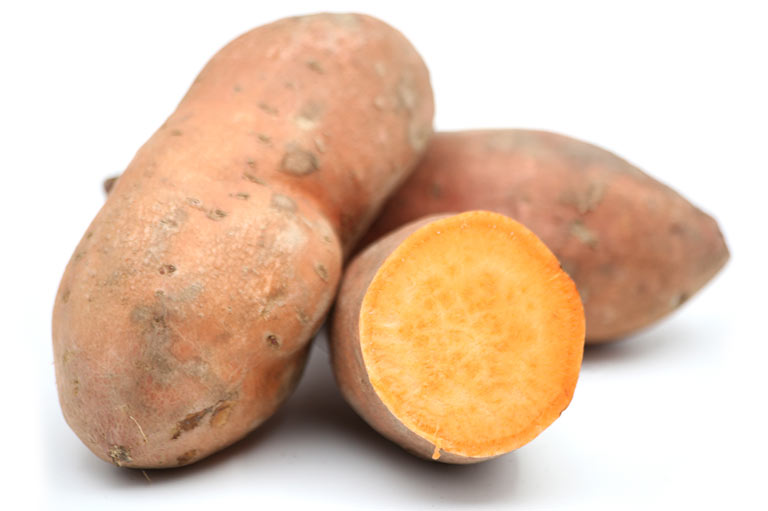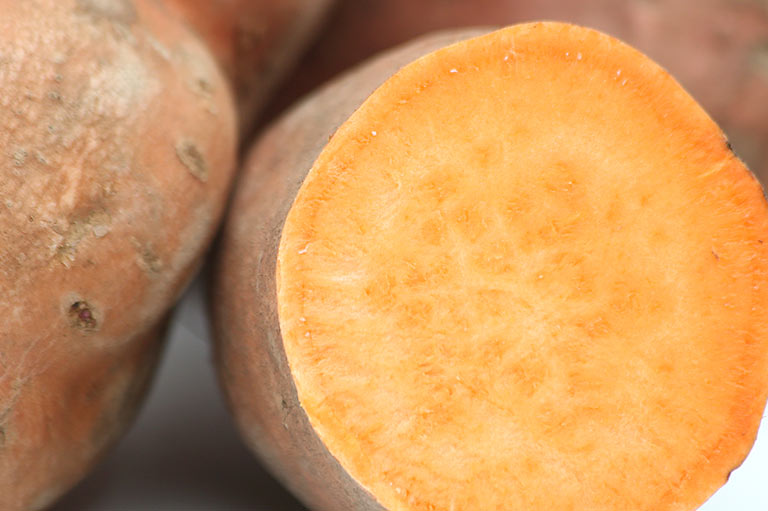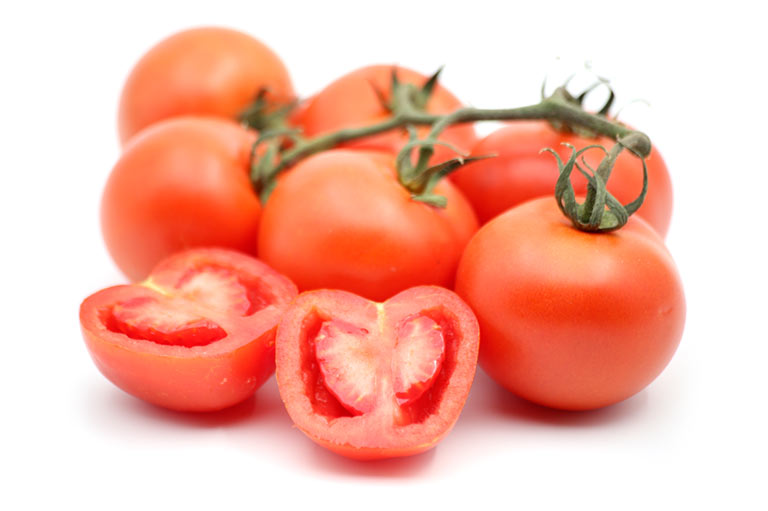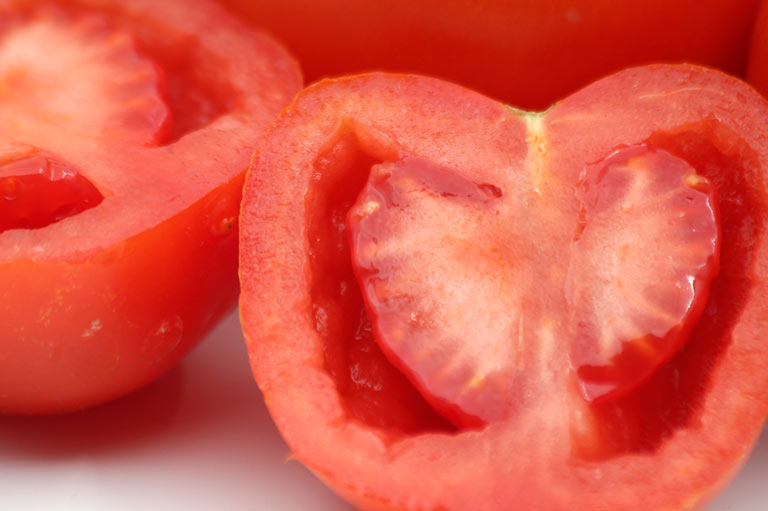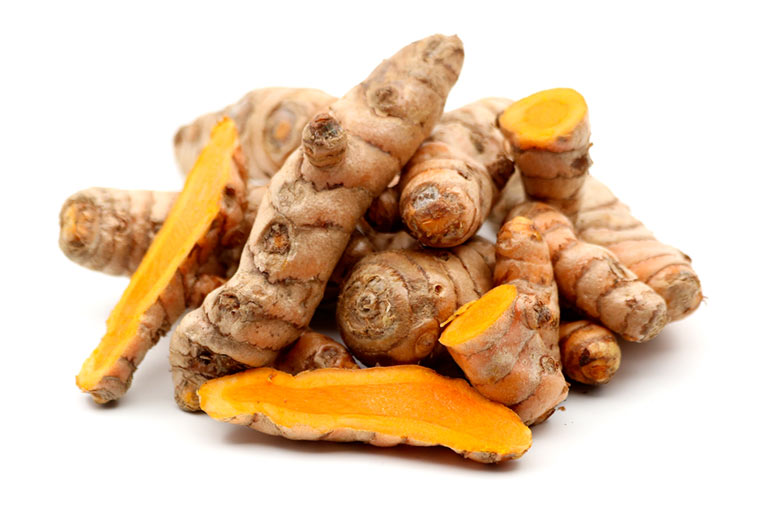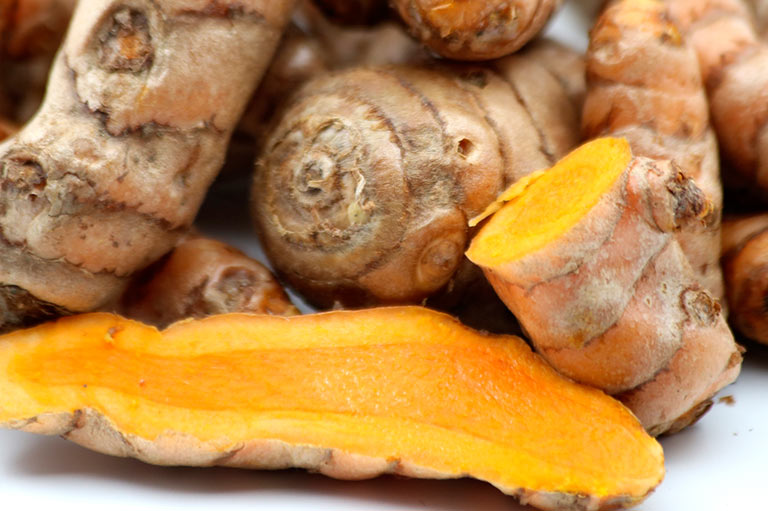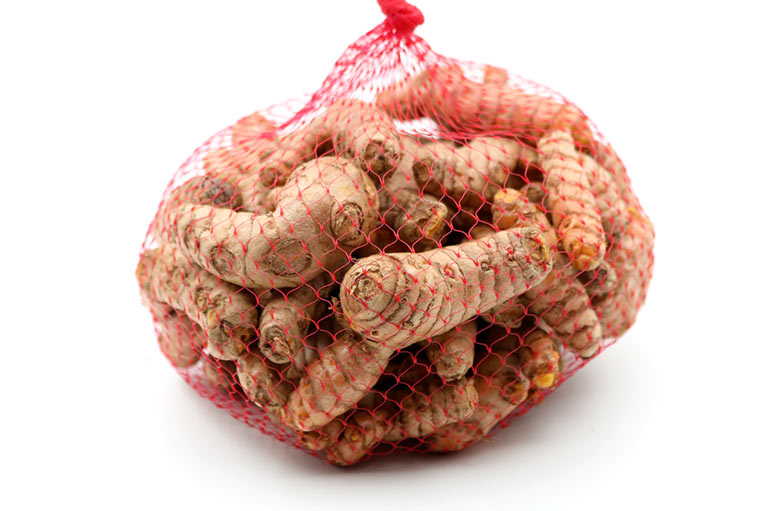July
July, especially the second half of the month, is when we take some time to rest in the cooperative. The sun rises early, sets late and it is very hot, so we use the opportunity to go to the fields and work in the first light of day, and then again in the evening.
Our stone fruit growers are busy harvesting, irrigating and watching out for the dreaded hail that can be delivered unannounced by summer storms. Long hot days and hard work… rewarded by enjoying a juicy melon, sweet nectarine or a succulent peach!
Piel de Sapo Melon
Available June – November
Cucumis melo is a trailing vine related to cucumbers, watermelons and pumpkins that produces both male and female flowers, allowing it to pollinate and grow fruit from a single plant. Sensitive to changes in temperature, melons require a lot of heat to thrive, so they grow well in Mediterranean countries with consistently hot, dry summers.
Though the origins of the melon are unclear, there are records of it being grown and eaten in ancient Egypt, and the fruit was being cultivated in Southern Europe by the 4th century BC. The Greeks called melons melopepon, meaning ‘apple-gourd’, which became melopepo in Latin and was shortened to melon or similar in almost every Western language. They were first brought to Spain by the Arabs who were aware of their beneficial properties, one proverb saying “he who fills his stomach with melons will be filled with light”.
Today melons are one of the most cultivated fruits in Spain, and the particular Piel de Sapo variety originated here. It has a long shelf life of 2-3 months (giving rise to the English name Santa Claus melon), provides a low 31 calories per 100 grams and is one of the most hydrating fruits, with its large percentage of water. High levels of vitamin C mean Piel de Sapo can be recommended for pregnant women and children, and its potassium, magnesium and calcium content is also high, helping to reduce blood pressure and improve fluid retention.
Did you know that before there were refrigerators melons were kept in holes in the ground, or even underground in mines, to keep them cool and enhance their flavour?
Nectarines
Available June – August
Nectarines are a variety of peach, one of the oldest domesticated fruits, and were first cultivated in China as long as 6000 years ago. The mutation of a single gene is responsible for the difference between the smooth outer skin of a nectarine and the fuzz of a peach, and as individual branches of a peach tree can carry this mutation, it is possible for both nectarines and peaches to grow on the same tree.
Unlike other fruits such as lemons or grapes, nectarines are climacteric, which means they continue to ripen after being picked. Kept at room temperature, a near-ready nectarine will become ripe within a few days; then, once ready to eat it can be moved to the refrigerator. This will slow down the ripening process (though like most fruits, they will taste best served at room temperature).
Nectarines are packed with dietary fibre, vitamins and minerals; a nutritious and delicious snack that can be eaten raw and without peeling. They also make for a thickly sweet and slightly spicy ingredient in jams, pies and other desserts, combine well with savoury main courses like pork, or can be caramelised by placing directly onto a hot grill.
Peaches
Available May – August
The peach is a seasonal fruit that becomes available in the summer and early autumn. The name peach comes from the Greek Persikon malon, meaning “Persian apple”, but peaches do not actually come from Persia; they originated in Eastern China and Persica reflects their later cultivation in West Asia, from where they travelled to Europe, reaching Greece around 300 BC. In China peach trees are prized for the vigour of their early blossoming (this happens even before the tree’s leaves have sprouted), and the fruit symbolises immortality in mythology, art and literature.
Peaches are an excellent source of vitamin C and beta-carotene, two nutrients that help maintain healthy skin; vitamin C improves collagen production, while beta-carotene helps protect against harmful UV rays. High levels of vitamin C also makes peaches an excellent choice for strengthening the immune system, helping to prevent illness, reduce inflammation and promote rapid healing.
Peaches are a simple fruit to prepare as a fresh and healthy snack; simply wash and cut them into wedges. They can also add interesting new flavours to salads; try adding cubes of fresh peach to leaves like lettuce, spinach or rocket, along with other ingredients like tomato, light cheeses or nuts.
Our growing season
This is a list of all the fresh produce we grow and sell, with a guide to the months of the year when they are on offer. We also stock nuts, herbs and spices, wine and other dry goods: have a look at our producers’ individual profile pages to see who grows what, or contact us to find out more.
If you are a buyers’ group or a wholesaler, or would like to find out about developing a relationship with Tierra y Libertad – or if you are just interested in learning more about who we are, how we work and the products we offer – we’d be happy to hear from you.
Fruit
Apricot
Jan
Feb
Mar
Apr
May
Jun
Jul
Aug
Sep
Oct
Nov
Dec
Apricots originated in China, and were first cultivated there around 4,000 years ago. The tree and its fruit carry many practical and poetic associations, across cultures: in China the apricot symbolises education and has been connected to the practice of medicine for thousands of years; the short growing season of the tree gave rise to the Arabic expression filmishmish (“in apricot season”), used to comment on things that are hasty or unlikely to actually happen.
Apricots are a versatile ingredient in the kitchen; they can be eaten raw, dried or roasted, preserved in syrup or stored as a jam. And the oils obtained from the kernel inside the stone are used in the production of skincare products, face masks, soaps and essential oils.
The humble apricot is a great source of nutrition, being packed with vitamins, fibre and antioxidants. It also contains high levels of zinc, a mineral that’s essential for cognitive development and can help improve mental focus. Eating just a few delicious apricots stimulates the brain and helps it create new neurons, making them an ideal snack for students – or anyone looking to sharpen their mind!
Avocado (Bacon)
Jan
Feb
Mar
Apr
May
Jun
Jul
Aug
Sep
Oct
Nov
Dec
Bacon avocado is oval-shaped and has smooth, soft green skin with lighter markings. The flesh is yellow-green, with a mild flavour; fruitier, a bit sweeter and less creamy than other varieties. The seed is relatively big, so the ratio of flesh to stone is lower than average.
Bacon is the first of our avocados to come into season and maintains its green colour when ripe. It reaches best quality from the end of October and keeps on improving, with the fat content reaching its peak in December.
Avocado (Fuerte)
Jan
Feb
Mar
Apr
May
Jun
Jul
Aug
Sep
Oct
Nov
Dec
Fuerte is the second most popular variety of commercial avocado, after Hass. The average size is larger than Bacon and Hass, and its quality is consistently good. It is considered the archetypal avocado; green in colour when ripe, pear-shaped with a longer neck, and weighing from 250-300 grams.
Compared to other varieties it has a thinner, softer skin that is easily peeled, and a dense pulp that is light yellow with a greenish hue. Its flesh is slightly oily, with a rich, buttery flavour (it is sweeter than Haas), and carries a slightly nutty flavour. Its fat content is higher than Bacon, but lower than Hass, and the stone is medium-sized, making for a better ratio of flesh to stone.
Avocado trees often fluctuate in their level of production, alternating a year of heavy fruiting with one of very little, and Fuerte has traditionally been one of the varieties that ‘swings’ most. While these variations are part of the natural cycle all avocado trees develop as they mature, factors such as the method of watering, changes in temperature or even the timing of picking ripe fruit can have an effect on the coming year’s yield.
Avocado (Maluma)
Jan
Feb
Mar
Apr
May
Jun
Jul
Aug
Sep
Oct
Nov
Dec
Also called Maluma Hass for its resemblance to Haas avocado, this is a newer variety whose cultivation is becoming popular thanks to its excellent characteristics. Maluma’s glossy deep green skin turns purple-black when ripe and is thicker than other varieties, providing protection against falls or scratches.
The fruit is larger than the Hass avocado – closer in size to Fuerte – and the seed is the smallest of our varieties, giving it the best flesh to stone ratio. The flesh is yellowish near the stone and an intense green at the skin, with a smooth and creamy texture. Maluma has a slight nutty flavour that, unlike other varieties, remains consistent throughout the season.
Once ripe Maluma should be kept in the fridge, where it stays fresh for longer than other varieties. It sometimes displays a pink colour in the flesh, due to a high level of the antioxidant anthocyanin; this slows down oxidisation after being cut.
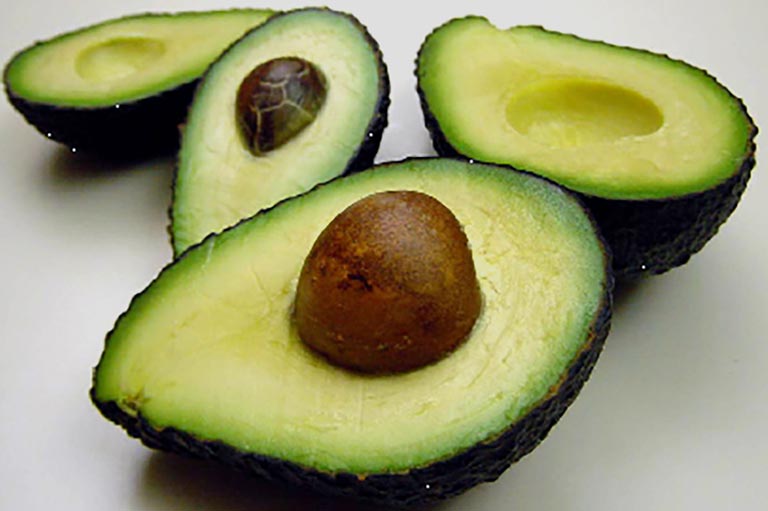
Avocado (Hass)
Jan
Feb
Mar
Apr
May
Jun
Jul
Aug
Sep
Oct
Nov
Dec
The Hass avocado is a variety native to California, first grown by amateur horticulturist Rudolph Hass in 1926, from a seed that has been established as a cross between Mexican and Guatemalan varieties. Patented in 1935 and introduced globally to the market in 1960, it has become the most popular avocado variety worldwide, with almost 80% of all commercial production now being Haas.
Both the Haas fruit and its seed are relatively small for an avocado, for a higher flesh to stone ratio, with a combined weight of between 125 and 350 grams. Its skin is thick and rough, flexible and easy to peel, with a green to slightly blackish colour while it is on the tree, but once harvested it turns from violet to black as the fruit softens and matures. This change in colour helps us know when it is perfectly ripe and ready to eat, and makes it an ideal variety for storage and transport.
Hass avocados have a higher fat content than most other varieties, giving them a rich taste and a smooth, creamy texture. They are high in dietary fibre and contain good amounts of vitamin B6, vitamin C, vitamin E, potassium and folate.
Avocado (Lamb Hass)
Jan
Feb
Mar
Apr
May
Jun
Jul
Aug
Sep
Oct
Nov
Dec
The main difference between the Lamb Hass and Hass avocado varieties is in the timing of the growing season; Lamb Hass ripens later, an advantage to farmers who have traditionally only grown the Hass variety but can now continue production further into the year. It comes from a very vigorous tree with horizontal branching, giving it a shape similar to a crown, which can grow high (up to 7 metres) and wide (up to 5 metres). Its leaves are a darker green than Hass, and it is a tree with more regular production, another quality that makes it attractive to growers.
Lamb Hass resembles the Haas variety, but produces a slightly bigger fruit. The skin is a darker green than Hass, thick and rough-textured. Lamb Hass also turns a darker shade when it is ripe. The size of its seed is average – a little bigger than the Hass – and its fat content is lower than Hass.
Lamb Hass has just the right healthy fat content to produce a wonderful, juicy texture. This, together with its smaller stone makes it easy to spread and an ideal ingredient in guacamole, sauces and smoothies. And there are health benefits, too! Avocado’s monounsaturated fats help regulate cholesterol, it has anti-inflammatory properties, is rich in vitamin E, minerals and vitamins, protects cardiovascular health and is often recommended to pregnant women due to its high levels of folate and potassium.
Avocado (Reed)
Jan
Feb
Mar
Apr
May
Jun
Jul
Aug
Sep
Oct
Nov
Dec
Reed is the latest-fruiting of our avocado varieties, with a season starting in April/May and extending into August. This allows us to provide consumers with avocados produced in southern Europe across most of the year. It is the only avocado produced in Spain with a rounded shape.
Reed is a larger avocado, usually weighing between 225 and 500 grams. Its skin is dark green, shiny and smooth. The flesh is buttery, with an excellent flavour, and the stone is small and easily removed. Its skin remains green when ripe.
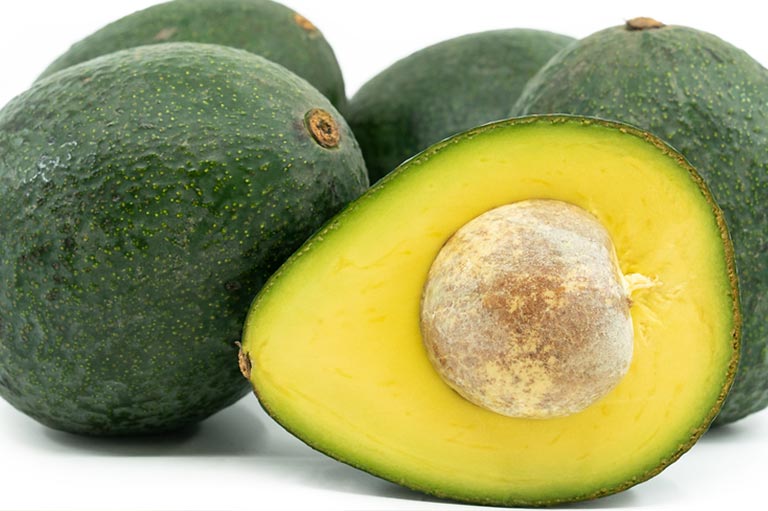
Banana
Jan
Feb
Mar
Apr
May
Jun
Jul
Aug
Sep
Oct
Nov
Dec
We work with producers who grow the plátano canario, or Canary Islands banana; a variety first brought to Spain by Portuguese explorers and traders in the 15th century. While it is related to other bananas you might find coming from India, South America or China, it has its own distinct qualities, and it is the only banana with Europe’s Protected Geographical Indication (PGI) seal, guaranteeing both its origin and quality.
The Canary Islands banana is smaller and has a more curved shape than common bananas, a darker and sweeter pulp, and gives off a more intense smell due to its characteristic aromatic compounds. It also contains fewer calories than other bananas (approximately 90 kcal/100 grams, compared to 110 kcal/100 grams).
But the main difference between the Canary Islands banana and other varieties is the most obvious: its origin. The volcanic soils of Tenerife, La Palma and Gran Canaria are high in minerals like potassium, magnesium and phosphorus, giving our bananas some unique nutritional benefits. A subtropical climate helps them reach maturity more gradually, improving texture and flavour. And where a banana from South America will typically be harvested up to 45 days before sale, plátano canario can be delivered to our customers within 7 days, with much lower transport costs and carbon emissions.
Cherry
Jan
Feb
Mar
Apr
May
Jun
Jul
Aug
Sep
Oct
Nov
Dec
We have been eating cherries since prehistoric times, with evidence of their consumption dating back to 4000-5000 BC. The Greeks were the first to cultivate the tree, but the word cherry actually originates in Latin: cerasum refers to Kerasous, the name given by the Romans to the town in northeastern Anatolia where general Lucius Licinius Lucullus encountered the fruit. He brought a sample to Rome in 72 BC, and that began its popular spread across Europe.
Most varieties of cherry have the same appearance; a deep red colour, juicy flesh and a small stone inside. But as far as taste goes there are big differences. Some are sweet (like the picota, which is shaped with a slight peak at the end and naturally separates from the stalk when picked), and others sour (the guinda is a type of wild cherry that is often ‘candied’, cooked in water and sugar until the moisture in the cherry has been replaced by syrup).
A generous handful of cherries weighs a little over 50 grams, includes around 5.5 grams of sugar and contains less than 30 calories, making them an ideal choice for a mid-morning snack. They also have one of the lowest glycaemic indexes of any fruit, so taken in moderation they can be a useful option for people with diabetes. What’s even better are the numbers of antioxidants a cherry contains, helping the body to combat inflammation, repair cell damage and support cardiovascular health.
Custard Apple
Jan
Feb
Mar
Apr
May
Jun
Jul
Aug
Sep
Oct
Nov
Dec
The custard apple is native to South America, specifically the Andean region near Ecuador and Peru, where it grows at altitudes of 1,400 to 2,000 meters. It stands out for its high carbohydrate content and natural sugars, while remaining relatively low in calories; typically around 80-100 calories per 100-gram serving makes it a good choice for those watching their calorie intake.
Custard apples made their way to Europe during the Age of Exploration, spanning the 15th to 17th centuries. In Europe they adapted to the climate, giving rise to various regional varieties. Despite its South American roots the custard apple grows well in Europe, particularly along the coast of Granada in the areas of Almuñécar, Jete, Otivar, and Salobreña.
Autumn and winter mark the custard apple’s moment of maturity, making this the ideal time to enjoy its delightful flavour and health benefits. It is an extremely sensitive and delicate fruit which requires careful handling, and has a short shelf life; the best time to consume it is from the fourth day after collection, maintaining it at room temperature.
Custard apples are a good source of potassium, essential for regulating blood pressure, muscle function, and nerve activity. Their low sodium content means they can be recommended to individuals with heart issues, liver concerns, hypertension, or those taking diuretics.
Fig
Jan
Feb
Mar
Apr
May
Jun
Jul
Aug
Sep
Oct
Nov
Dec
Native to the Mediterranean region, western and southern Asia, the common fig has been grown since ancient times; it is considered one of the first plants to have been cultivated by humans. Fig trees were common in ancient Greece, a popular food source for the Romans, and in the 18th century Spanish missionaries carried the first figs to the Americas – making it a truly global fruit! The fig tree has also been historically important in Andalusian agriculture, as it is able to withstand dry soil, grow in rocky locations, and can handle very hot temperatures.
As well as being a prized ingredient in simple household cooking and haute cuisine alike, figs possess valuable nutritional properties. They are a source of natural sugar, can help with care of the intestine thanks to their high water and fibre content, and can assist in regulating blood pressure. They are also a source of prebiotics, which help improve digestion and overall gut health.
Whether eaten fresh or dried, figs are full of minerals like potassium, calcium, magnesium and copper, and an excellent source of iron; important for all of us, but especially growing women. They are a perfect snack (prepare a nutritious energy bar from figs and nuts), and fit a range of dishes due to their unique sweetness and texture. Mix them with oats and cinnamon for breakfast, eat them fresh with nuts and cheese, or add them chopped into a salad.
Grapes (white & pink seedless)
Jan
Feb
Mar
Apr
May
Jun
Jul
Aug
Sep
Oct
Nov
Dec
Table grapes are the ones you enjoy fresh and unprocessed, distinct from the varieties usually used in winemaking or for producing raisins. In ancient times, the Greeks and Romans cultivated specific grape types known for their large, sweet fruit. Grapes held a significant place in people’s diets, not just the affluent (alongside figs) but also the general population. They served multiple purposes; not only as a delightful snack, but also as a natural sweetener in various dishes and drinks.
Recent scientific research has uncovered the presence of the antioxidant resveratrol in grapes. This compound offers potential health benefits, including regulating blood vessel expansion, reducing blood clotting, easing pain and inflammation, lowering blood sugar levels, and aiding in conditions like high cholesterol, cancer, and heart disease.
Grapes can enhance salads and other dishes, providing a refreshing sweetness. They’re particularly enjoyable in heartier autumn and winter recipes, paired with stuffing or roast meat. Additionally, grapes can be prepared through methods like sautéing or baking; adjust the cooking time to achieve your desired level of juiciness or firmness.
Grapefruit
Jan
Feb
Mar
Apr
May
Jun
Jul
Aug
Sep
Oct
Nov
Dec
The true origin of the grapefruit is unclear, though the most popular theory suggests it is the result of a spontaneous cross between the sweet orange and the pummelo, citrus fruits brought to the West Indies and grown by Spaniards from the 15th century onwards.
One whole grapefruit contains the full recommended daily intake of vitamin C and provides us with Vitamin A (beta-carotene), folic acid and minerals such as calcium and iron, as well as fibre. It also contains high levels of antioxidants.
Our main grapefruit season runs from December to April, though some varieties are also harvested a bit earlier in November, or later in May. Grapefruit, like most citrus fruits, is a versatile ingredient in the kitchen. Apart from being eaten whole or squeezed for the fresh juice – which is the most advisable way to take advantage of its nutrients – it can be used in juices, jams and sauces, and in both sweet and savoury cooking. Try it in a delicious salad with spinach!
Lemon
Jan
Feb
Mar
Apr
May
Jun
Jul
Aug
Sep
Oct
Nov
Dec
Spain is the largest producer of lemons in the EU, with most being sold fresh rather than in juices or preserves. The Mediterranean weather is perfect for its cultivation; an ideal growing season and climate allow the fruit to ripen fully, and to a high quality.
It is a native of Southeast Asia – likely a hybrid of bitter orange and citron – and was first introduced to Europe around the second century BC. As the only citrus fruits available at the time, the lemon and the citron were prized for their rarity, ornamental value and healing powers, rather than being grown for consumption.
During the barbarian invasion of the fourth century almost all lemon and citron trees in Europe were destroyed, with only some in southern Italy surviving. The Arabs re-introduced them to Spain in the 11th century, and lemons then began to be cultivated extensively in the region.
Lemon is a rich source of vitamin C and a versatile ingredient in the kitchen; the juice and rind can used in sauces, marinades, preserves or baked recipes. And lemon slices or rind will add a unique flavour to infusions, teas or cold drinks. Apart from its many culinary uses, lemon is also high in antibacterial citric acid, which makes it an effective household cleaner!
Lime
Jan
Feb
Mar
Apr
May
Jun
Jul
Aug
Sep
Oct
Nov
Dec
Lime is an exotic fruit native to Southeast Asia, Persia and Malaysia. It belongs to the Rutaceae family and has more than 1,500 varieties, mostly the result of hybridisation with lemon, grapefruit and mandarin.
The Romans played a crucial role in the spread of citrus fruits throughout Europe, and probably introduced limes to the Iberian Peninsula during their rule. Starting in the 8th century, the Arabs promoted the cultivation of citrus in the region. Later, between the 15th and 16th centuries, citrus fruits, including lime, were traded among European countries and exchanged with the New World, which contributed to the global spread of different varieties. Sailors and explorers carried limes on their ships to help combat scurvy.
We can include Spanish limes in our shopping cart between September and November. They add a spicy touch to curries, salads or seafood, and a touch of flavor to water… or many classic cocktails! When choosing limes, look for firm skin, free of wrinkles or blemishes, and a deep green color. They should also feel heavier than they appear.
Keep in mind that ripe limes are more delicate than lemons, so their shelf life is shorter. To prolong their freshness, store them in the refrigerator at 8-10 degrees.
Limequat
Jan
Feb
Mar
Apr
May
Jun
Jul
Aug
Sep
Oct
Nov
Dec
The limequat is citrus fruit, a hybrid of kumquat and key lime that was first produced in the early 1900s. It grows on a relatively small tree that can be harvested between December and March.
Limequats are about 3-4cm long. It is an interesting and versatile fruit, with an edible skin that can be eaten raw as well as cooked (if cooking remove the seeds, or they will add a bitter taste). The skin is sweet and like the kumquat it has a tart pulp, with a flavour similar to lime.
Limequats are often used in baking, for jams or preserves, and are an ideal raw ingredient in salads, juices, smoothies or cocktails. Cooked, it can be used as a seasoning or garnish for main dishes and appetisers. It’s great flavour to add to fish, but we recommend trying them fresh with a little olive oil and salt – they’re delicious!
Loquat
Jan
Feb
Mar
Apr
May
Jun
Jul
Aug
Sep
Oct
Nov
Dec
The loquat (Eriobotrya japonica) is a fruit tree belonging to the Rosaceae family. It originated in southeast China and was introduced to Japan over 1,000 years ago; some Japanese varieties were first brought to Europe for ornamental use during the 18th century.
The loquat is a messenger, warning us that it’s time to say goodbye to the citrus fruits: spring is coming, stone fruit season is starting! And we have to be fast, as with a season only covering April and May they disappear as quickly as they arrive.
Many people love loquats for their unique tart and sweet flavour. It is also a healthy choice; with around 6-8 calories per raw loquat it has practically no fat or protein, its main components being water and carbohydrates. Loquat makes a good substitute for stone fruits in recipes such as milkshakes, smoothies or ice cream, and it is a great ingredient in sweet and sour sauce or chutneys. Loquat can also be used to make desserts such as jellies, sponge cakes and tarte tatin, either on its own or combined with fruits like apricots and strawberries.
Mandarin
Jan
Feb
Mar
Apr
May
Jun
Jul
Aug
Sep
Oct
Nov
Dec
The Mandarin is a citrus fruit similar to the orange; also orange in colour, but smaller in size. It has a more aromatic flavour than the orange, is easier to peel, and has slightly lower acidity and a higher proportion of sugars.
The mandarin is one of the three original citrus species, along with citron and pomelo. Generally considered native to the Nanling Mountain area of southern China, the first references to its cultivation date back to the 12th century BC – the name “mandarin” comes from its similarity to the bright orange colour worn by members of the Chinese imperial court. Its originally bitter taste was first sweetened by crossing with pomelo, and from there a huge number of further hybrids and crosses have been developed; oranges, satsumas, clementines, lemons, limes… the list goes on!
In traditional Chinese medicine the mandarin is known for its ability to reduce heat, regulate water, and resolve phlegm. They are a great source of vitamin C, contain high levels of antioxidants (which are converted to vitamin A in the body – and give them their orange colour), are a source of fibre that helps regulate blood pressure and reduces cholesterol, and include a range of other anti-inflammatory compounds.
Mango
Jan
Feb
Mar
Apr
May
Jun
Jul
Aug
Sep
Oct
Nov
Dec
Mangoes were first cultivated over 5,000 years ago, in a region extending from eastern India across Southeast Asia. Over many centuries of trade and exploration they gradually found their way west, reaching the Mediterranean and Spain during Moorish rule in the early 8th century.
Mangoes are harvested when they are mature but not fully ripe. After resting for five to ten days at a temperature between 20 and 25 degrees they reach perfect sugar level, are ready for eating, and should then be consumed within five days. They store best at ambient temperatures, so if you prefer them cold only refrigerate them until they reach serving temperature.
Mangoes boast an impressive array of vitamins and minerals. Beta-carotene safeguards the skin, mucous membranes, eyes, and heart from free radicals. Magnesium and potassium assist in blood pressure regulation and prevent musculoskeletal conditions, from osteoporosis to muscle cramps, and despite their sweet taste mangoes are relatively low in calories: only 65 calories per 100 grams, plus a good amount of dietary fibre!
And the mango is more than just a fruit! In India a basket of mangoes signifies friendship, and the fruit itself symbolises love. Legend holds that Buddha meditated under the cool shade of a mango tree, and today it is the national fruit of India, Pakistan, and the Philippines.
Melon (Cantaloupe)
Jan
Feb
Mar
Apr
May
Jun
Jul
Aug
Sep
Oct
Nov
Dec
The cantaloupe melon is a creeping annual plant that produces round or oval fruit, 10-15 cm in diameter and with a rough, net-like outer skin. It was probably first cultivated in the hot, dry savannah regions of Africa and southwest Asia; Egyptian, Chinese and Greek art show cantaloupes being grown and eaten as early as 3,000 BC. Cantaloupe seeds are a high-quality source of vegetable oil, which can also be used as an ingredient in perfumes and cosmetics.
The health benefits of the cantaloupe are many: due to its diuretic properties it helps purify the body and improve the functioning of the kidneys, being mildly acidic it neutralises acidity in the stomach, and it can help strengthen the immune system, reduce the effects of cholesterol and guard against heart disease. However, because melon ferments rapidly in the stomach – which can cause digestive problems – it is recommended to eat it earlier in the day, by itself or at the start of a meal.
Cantaloupe can be used in a variety of recipes, and not just as a dessert. Its pleasant taste and smooth texture make it ideal for adding a sweet taste to dishes, like the tradition of serving melon with ham. It can also be used in ice creams, smoothies and salads. Combine melon with a few different types of lettuce, avocado, pepper, pineapple, watermelon and cucumber; healthy, tasty and very colourful!
Melon (Piel de Sapo)
Jan
Feb
Mar
Apr
May
Jun
Jul
Aug
Sep
Oct
Nov
Dec
Cucumis melo is a trailing vine related to cucumbers, watermelons and pumpkins that produces both male and female flowers, allowing it to pollinate and grow fruit from a single plant. Sensitive to changes in temperature, melons require a lot of heat to thrive, so they grow well in Mediterranean countries with consistently hot, dry summers.
Though the origins of the melon are unclear, there are records of it being grown and eaten in ancient Egypt, and the fruit was being cultivated in Southern Europe by the 4th century BC. The Greeks called melons melopepon, meaning ‘apple-gourd’, which became melopepo in Latin and was shortened to melon or similar in almost every Western language. They were first brought to Spain by the Arabs who were aware of their beneficial properties, one proverb saying “he who fills his stomach with melons will be filled with light”.
Today melons are one of the most cultivated fruits in Spain, and the particular Piel de Sapo variety originated here. It has a long shelf life of 2-3 months (giving rise to the English name Santa Claus melon), provides a low 31 calories per 100 grams and is one of the most hydrating fruits, with its large percentage of water. High levels of vitamin C mean Piel de Sapo can be recommended for pregnant women and children, and its potassium, magnesium and calcium content is also high, helping to reduce blood pressure and improve fluid retention.
Did you know that before there were refrigerators melons were kept in holes in the ground, or even underground in mines, to keep them cool and enhance their flavour?
Nectarine (Yellow)
Jan
Feb
Mar
Apr
May
Jun
Jul
Aug
Sep
Oct
Nov
Dec
Nectarines are a variety of peach, one of the oldest domesticated fruits, and were first cultivated in China as long as 6000 years ago. The mutation of a single gene is responsible for the difference between the smooth outer skin of a nectarine and the fuzz of a peach, and as individual branches of a peach tree can carry this mutation, it is possible for both nectarines and peaches to grow on the same tree.
Unlike other fruits such as lemons or grapes, nectarines are climacteric, which means they continue to ripen after being picked. Kept at room temperature, a near-ready nectarine will become ripe within a few days; then, once ready to eat it can be moved to the refrigerator. This will slow down the ripening process (though like most fruits, they will taste best served at room temperature).
Nectarines are packed with dietary fibre, vitamins and minerals; a nutritious and delicious snack that can be eaten raw and without peeling. They also make for a thickly sweet and slightly spicy ingredient in jams, pies and other desserts, combine well with savoury main courses like pork, or can be caramelised by placing directly onto a hot grill.
Orange (Juicing)
Jan
Feb
Mar
Apr
May
Jun
Jul
Aug
Sep
Oct
Nov
Dec
The Salustiana orange was first grown in the Valencia region, appearing in 1950 as mutation of the Comuna ‘blonde’ variety. It is a good juicing orange, with a sweet taste due to the low amount of limonin it contains, is bigger than average with a flatter shape and thinner skin, and is usually seedless (or contains very few seeds). The skin and pulp have a less intense colour than varieties like Navel, and it produces a large amount of juice.
The Salustiana is very sensitive to weather changes and especially the cold, where low temperatures can easily damage fruit. Harvesting of our crop begins in January, with the season ending around the beginning of April.
Health-wise, this variety of orange is known for containing a high amount of fibre and of vitamin A, vitamin C and antioxidants. Orange juice supports the control of high cholesterol levels and blood pressure, and helps to cleanse the liver and kidneys.
Orange (Table)
Jan
Feb
Mar
Apr
May
Jun
Jul
Aug
Sep
Oct
Nov
Dec
Navelina is one of the earliest orange varieties available in the year, and largely due to that also one of the most popular. Harvesting begins in October, but the fruit doesn’t go on sale until November, to ensure it achieves an optimal level of ripeness. Then starting from November we can enjoy it all the way through to Christmas, the New Year, and the first months of the following year.
Discovered in California at the beginning of the 20th century, the Navelina was a natural mutation of the Washington Navel Orange. Samples were exported in 1933 to Spain’s Valencian Institute of Agrarian Research, who gave it the name Navelina. The new variety adapted well to the Mediterranean climate and in the 1970s began to be grown more widely, throughout Andalusia, Murcia and in the Valencia region.
Navelina Oranges are notable for being seedless. They have a soft, sweet flavour, contain a large amount of juice, and have a very thin membrane around their segments, making them easy to peel and eat – another reason they are one of our winter best-sellers! All of this makes them very versatile; perfect as a table fruit and also great for juicing.
Papaya
Jan
Feb
Mar
Apr
May
Jun
Jul
Aug
Sep
Oct
Nov
Dec
Although the papaya’s exact country of origin is unknown, everything points to it being a native of southern Mexico and Central America. The first European to encounter the papaya was probably Hernán Cortés, when the fruit was included in a banquet offered to him by the Aztecs. Following the Conquests the Spanish spread papaya first to the Caribbean, then the Philippines and Asia. European colonists had introduced it to Africa and the Old World by the mid-17th century.
The fruit grows on a tree which can reach up to ten metres in height, with a hollow trunk and no branches; its thick crown is formed only by leaves stemming from the trunk. All papayas grow and hang from leaf axils – the places along the trunk where leaves also develop. Types of papaya vary; some are large and elongated, others are smaller and resemble a flattened pear in shape.
Christopher Columbus translated papaya’s Carib name ababi as “fruit of the angels”, and considered it a remedy for constipation and indigestion (due to natural digestive enzymes papain and chymopapain). But papaya is not only helpful for the digestive system; a high water content of between 80 and 85% makes it a good diuretic, and it is packed with vitamins A and C, which can boost the body’s immune system and improve skin health.
Paraguayo
Jan
Feb
Mar
Apr
May
Jun
Jul
Aug
Sep
Oct
Nov
Dec
The paraguayo – also known as a “flat peach” – is a delicious fruit with pale yellow flesh and less of a fuzzy outer skin than the common peach. It is generally sweeter, more subtle-tasting and flavourful than other varieties, but still carries that recognisable peachy tang.
Paraguayos can be considered a sister to the nectarine, since both arise from a mutation of the common peach; where the nectarine lacks a downy outer skin, the paraguayo is differentiated by its smaller size and flattened shape. Despite being called “paraguayo“, the variety has no connection to South America and probably originated in China (as did the nectarine). They first became known in Western countries in the 19th century, but peach varieties bearing the same distinctive characteristics as the paraguayo are mentioned much earlier, in Chinese and Arab literature.
High in antioxidants (eating the outer skin is also very beneficial), the paraguayo offers similar nutritional benefits to the common peach; it is rich in water, provides fibre, vitamins A and C, minerals, and is free from fat or cholesterol. It’s a delight to eat in season, a juicy and refreshing snack in the summer months, and can be included in recipes like smoothies, fruit salads or preserves.
Peach (Red)
Jan
Feb
Mar
Apr
May
Jun
Jul
Aug
Sep
Oct
Nov
Dec
The peach is a seasonal fruit that becomes available in the summer and early autumn. The name peach comes from the Greek Persikon malon, meaning “Persian apple”, but peaches do not actually come from Persia; they originated in Eastern China and Persica reflects their later cultivation in West Asia, from where they travelled to Europe, reaching Greece around 300 BC. In China peach trees are prized for the vigour of their early blossoming (this happens even before the tree’s leaves have sprouted), and the fruit symbolises immortality in mythology, art and literature.
Peaches are an excellent source of vitamin C and beta-carotene, two nutrients that help maintain healthy skin; vitamin C improves collagen production, while beta-carotene helps protect against harmful UV rays. High levels of vitamin C also makes peaches an excellent choice for strengthening the immune system, helping to prevent illness, reduce inflammation and promote rapid healing.
Peaches are a simple fruit to prepare as a fresh and healthy snack; simply wash and cut them into wedges. They can also add interesting new flavours to salads; try adding cubes of fresh peach to leaves like lettuce, spinach or rocket, along with other ingredients like tomato, light cheeses or nuts.
Peach (Yellow)
Jan
Feb
Mar
Apr
May
Jun
Jul
Aug
Sep
Oct
Nov
Dec
This peach is characterised by its yellow, downy skin and tangy, juicy flesh. As with other varieties of peach, it originated in Eastern China – the Latin Prunus Persica reflects its later cultivation in the area around currently-day Iran and Afghanistan – and from there it migrated towards Europe, reaching Greece around 300 BC. In Spain, archaeological evidence of yellow peaches have been found in Murcia, in sites dating from the 3rd century AD.
Yellow peaches have the right balance of sugar and acidity to create a well-rounded and quite intense flavour. Rich in vitamins and minerals such as potassium, iron, calcium, phosphorus and sulphur, they are good for boosting the immune system, lowering cholesterol levels, maintaining eyesight and improving the condition of hair, nails, teeth and bones. Peaches also contain antioxidants, including vitamin C, polyphenols and carotenoids, protecting against cell damage; a large proportion of those antioxidants are found in the soft fuzzy skin, so make sure to eat that too… and eat it fresh!
Peaches are surprisingly versatile in the kitchen. They can be grilled, sautéed or baked, used to complement meats like pork or chicken, sliced raw into salads or breakfasts, and work as a tangy ingredient in desserts.
Persimmon (Sharon Fruit)
Jan
Feb
Mar
Apr
May
Jun
Jul
Aug
Sep
Oct
Nov
Dec
The persimmon, a fruit closely associated with autumn, comes from a tree belonging to the ebony family that can grow as tall as twelve meters, though it is usually kept shorter for easier harvesting.
You might encounter two terms; “persimmon” and “Sharon fruit”. These distinguish the “Sharon fruit” variety – known for being seedless, non-astringent before full ripeness, and having a delightful honey-like sweetness when fully ripe – from other types of persimmon, especially astringent varieties that require more ripening to turn soft and fully sweet.
Surprisingly, the persimmon is actually a berry! They have a relatively long shelf life compared to other fruits, maintaining their quality and flavour when stored for extended periods. They are a rich source of vitamins A, C, E, and K, potassium, and other vital antioxidants. Their high dietary fibre content aids digestive health, and persimmons contain good amounts of antioxidants like carotenoids and flavonoids.
Persimmons are a smooth, tasty, and very sweet fruit. You can enjoy them whole, sliced in salads and desserts (try a persimmon tart – it’s amazing!), or in preserves.
Pomegranate
Jan
Feb
Mar
Apr
May
Jun
Jul
Aug
Sep
Oct
Nov
Dec
Pomegranates originated in Persia and their cultivation soon spread to Arabia, Afghanistan, India, the Mediterranean and China, where they were known as the ‘Chinese apple.’ The name ‘pomegranate’ originates from the Medieval Latin pomum granatum, meaning ‘apple of many grains.’ With its exotic appearance and numerous seed clusters, it has symbolised fertility, love, marriage, and childbirth for centuries – though in Greek mythology it was also known as ‘the fruit of the dead’.
Pomegranates are among the first autumn fruits, available from September to November, so take advantage of their short season! Although peeling and de-seeding them may be a bit tricky, the unique mix of sweet and tart flavour, and their health benefits, make it worthwhile. Look for heavier, blemish-free fruit, as these ones should have juicier pulp.
Pomegranates are packed with vitamin C, minerals like potassium, and contain anti-inflammatory and antioxidant compounds like polyphenols. These properties make them valuable for treating various diseases and conditions. Enjoy them in salads, as an ingredient in your breakfast, or as a refreshing snack.
Watermelon (Mini)
Jan
Feb
Mar
Apr
May
Jun
Jul
Aug
Sep
Oct
Nov
Dec
Is it a fruit, or is it a vegetable? Like cucumbers and pumpkins, watermelons belong to the Curcurbitaceae family, which would suggest they are vegetables. However, anything containing seeds that ‘fruits’ from a pollinated flower is classified botanically as a fruit. (Speaking of seeds, seedless watermelons are not genetically modified, but the result of hybridisation – the natural cross-breeding of existing varieties.)
The watermelon is believed to have originated in Africa as the descendant of hardy, drought-tolerant vines, and cultivated in Egypt from around 2000 BC. The ancient Greeks named it pepon and used it as a diuretic and to treat heatstroke in children. These were fruits prized for their cooling properties and the large amount of water they could store, rather than the sweeter eating varieties we know today; those were cultivated and spread across the Mediterranean during Roman times.
Watermelon contains a high amount of lycopene, a carotenoid that exists in all pink or red fruits and vegetables, and is responsible for their colour (watermelon contains on average 40% more lycopene than raw tomatoes!). It is a great antioxidant – superior to vitamin C – and can help prevent cell damage, improve cardiovascular health and reduce cholesterol.
Vegetables
Artichoke
Jan
Feb
Mar
Apr
May
Jun
Jul
Aug
Sep
Oct
Nov
Dec
The artichoke originated in the Mediterranean and North African region, with the Spanish name alcachofa coming from the medieval Andalusi Arabic al-kharshūfa. It is a perennial plant, a variety of the thistle family, which can grow up to a metre high and develops a large flower head that is only partly-edible (the heart in the centre of the head and the insides of the petals can be used). If you wait too long and don’t harvest the head blue or violet flowers appear, at which point the artichoke becomes excessively hard and bitter, and loses its culinary qualities.
The artichoke is a very special food, with the highest levels of antioxidants found in any vegetable. It also contains cynarin, a natural chemical that will modify the flavour of any drink and food it is paired with, making them sweeter, fruitier and more intense.
This makes artichoke an ideal accompaniment to drinks with a marked taste, citric or smoky touches: fino sherry, manzanilla, vodka, Belgian wheat beers, or white wines long-aged in old barrels and with some extra years in the bottle. This most presumptuous thistle does not accept just anyone as a dance partner!
Asparagus (Green)
Jan
Feb
Mar
Apr
May
Jun
Jul
Aug
Sep
Oct
Nov
Dec
Asparagus likely originated in the eastern Mediterranean and Africa, first being recorded as a food around 5000 BC. It is a perennial plant that in the wild can grow up to 1.5 metres tall. Our growing season is from March to early May, when it can be farmed in the open air.
Green and white asparagus are the same vegetable, green asparagus being grown above ground where photosynthesis allows the plant to develop chlorophyll and its green colour, while white asparagus is ‘hilled’ as it grows upwards, keeping it out of the light.
Asparagus is high in vitamin K, folate and B vitamins, and low in calories. It can take time to prepare, but it is worth it for its unique flavour. Before peeling wash and dry, taking care not to damage the delicate tips, then cut away the toughest piece of stalk at the end. An easy way to find out where the tender part of asparagus begins is to bend it slightly; where it breaks will indicate where the more fibrous, woody section ends.
Broccoli
Jan
Feb
Mar
Apr
May
Jun
Jul
Aug
Sep
Oct
Nov
Dec
The word broccoli comes from the Italian brocco, which means “small nail” or “sprout”. A member of the cabbage family, it has its origins in the northern and eastern Mediterranean, with the Romans cultivating and improving early varieties. For best growing conditions it prefers warm rather than hot climates, with temperatures not exceeding 25°C.
Broccoli is renowned for its health benefits. It provides us with large amounts of vitamins C and K, along with B vitamins, beta-carotene and minerals like manganese. For the most nutritious results when cooking, look to steam it until bright green and with a slight crunch, rather than boiling.
And don’t discard the stalk! This part is also rich in nutrients and can be cut finely or ground to use as a filling in pies, savoury tarts or stuffed pasta like ravioli and tortellini.
Cucumber (French & Dutch)
Jan
Feb
Mar
Apr
May
Jun
Jul
Aug
Sep
Oct
Nov
Dec
The ‘Dutch cucumber’ is not a variety in itself, but a term used to describe a style of slicing cucumber that is commonly produced in Dutch agriculture – long, straight and with a thin skin. Cucumbers are part of the Cucurbitaceae family, best grown in hot climates with well-drained soil and a regular supply of water. They were first cultivated in India more than 3,000 years ago and introduced to Europe by either the Greeks or Romans. From there they spread across the rest of the continent, and were brought to the Americas by Christopher Columbus.
Cucumbers are one of those vegetables we associate with summer… salads and gazpacho! They will store well in the refrigerator for around a couple of weeks, but are best eaten fresh (and if possible with the skin on). They should never be stored in plastic, as this will speed up the ripening process.
Due to their high water content, cucumbers can be tricky to handle correctly if you are using them as an ingredient; they won’t freeze, either whole or in pieces, and the amount of liquid they contain can make for a watery consistency in a salad. In this case (and if you will be salting your salad anyway), consider soaking them in salted water for a while beforehand, to pull out some of that liquid. Remember to rinse them well afterwards, to wash away any residual salt!
Fennel
Jan
Feb
Mar
Apr
May
Jun
Jul
Aug
Sep
Oct
Nov
Dec
Wild fennel is a perennial plant and member of the carrot family, that during the summer months permeates the air with its intense aroma. It is native to Spain and the Mediterranean, but also grows wild in many other parts of the world. Fennel is considered an invasive species; if you look closely you’ll find it out in the countryside, on paths or next to roads.
Fennel is a versatile vegetable; all parts of the plant can be used in cooking. The bulb is a source of minerals like sodium, potassium and magnesium, is high in essential fatty acids, and can be eaten raw in salads or cooked as an accompaniment to both meat and fish. The stems add flavour to olives and pickles, and the tender leaves and fresh flowers can be used in making liqueurs. Dried, fennel seeds are used as a spice, giving an aniseed-like flavour to stews, pizzas and salads.
Fennel is also known for its benefits in aiding digestion. As well as the popular fennel tea, the Indian digestive aid mukhwas uses fennel alongside other aromatic seeds, nuts and oils to make a brightly coloured, sweet or savoury snack. This is used as a breath freshener after meals, and helps remove bacteria and plaque from the teeth.
Romanesco
Jan
Feb
Mar
Apr
May
Jun
Jul
Aug
Sep
Oct
Nov
Dec
Although it is sometimes called “romanesco broccoli” and is considered as being similar to broccoli for the purposes of cooking, the romanesco is actually classified in botanical terms as a variety of Italian green cauliflower. It shares its dense texture with cauliflower, but shows more similarity with broccoli in its mild, nutty flavour. In terms of nutritional value, romanesco is somewhere in the middle, being low in calories, protein, carbohydrates and fat, but a good source of fibre and vitamins C and K (a 100 gram serving provides 100% of the recommend daily amount of vitamin C).
Raw, romanesco can be chopped into salads or used as a crudité, accompanied by vinaigrette or a dipping sauce (wash it well and soak it for a while before making the salad, to get any traces of soil out of the small, cone-shaped florets). You can also steam and serve it with pasta, stir fry it quickly to keep it crunchy and preserve its nutrients, or roast it slowly, drizzled with olive oil and salt.
Romanesco is one of the best examples of mathematics in nature! It is also called the ‘fractal cabbage’, its unique appearance showing striking spirals that follow the same Fibonacci sequence that can be found in sunflowers, shells and snowflakes.
Sweet Potato
Jan
Feb
Mar
Apr
May
Jun
Jul
Aug
Sep
Oct
Nov
Dec
The sweet potato is a tuber, native to the warmer regions of Latin America. Characterised by its subtle, sweet taste, it is mainly used in desserts, though it is becoming increasingly popular in savoury dishes.
Christopher Columbus brought the first sweet potatoes to Europe in the 15th century, where they were readily adopted by Spanish farmers. Sailors travelled with them to Asia in the 16th century, and today China is the largest producer of the vegetable globally.
Though the two are not related, the calorie, protein, and carbohydrate values of sweet potato are similar to those of the regular potato. However, while they have a sweeter taste due to higher levels of the enzyme amylase (which breaks starch down into sugars), most varieties of sweet potato actually have a lower glycaemic index than regular potatoes.
In savoury dishes sweet potatoes can be roasted – either peeled or with their skins on to retain more fibre – boiled, steamed, used in stews, or as a substitute for pumpkin or regular potatoes in fried dishes and purées. As a snack they make a great healthier alternative to chips or crisps; bake them in the oven until crispy, rather than frying, for a lower-calorie option.
Tomato (Cherry)
Jan
Feb
Mar
Apr
May
Jun
Jul
Aug
Sep
Oct
Nov
Dec
Vine tomatoes are characterised by an intense red colour, small size and a sweeter taste than most other tomatoes. They also ripen fully after the vine is cut from the main plant, making them a perfect choice for harvesting and transporting in good condition.
Thanks to their thin skin and juicy character, vine tomatoes are one of the most popular varieties used in making the simple dish “pan con tomate” (known as “pa amb tomàquet” in Catalonia), or due to their small size and sweet flavour they are also often used in salads, as a snack, or as a garnish.
Including tomatoes in a varied diet provides the body with essential nutrients like potassium, vitamin K and B vitamins, and they offer a range of other health benefits. Packed with antioxidants such as lycopene, beta-carotene and vitamin C, they play a role in safeguarding cells against free radical damage, and can help with reducing blood pressure and maintaining healthy skin and eyes. A high water content means they are a hydrating fruit, and with a low calorie count and high fibre content they support digestive health and can assist with weight management.
Turmeric
Jan
Feb
Mar
Apr
May
Jun
Jul
Aug
Sep
Oct
Nov
Dec
Originating in India, the medicinal and culinary use of turmeric dates back over 4,000 years. Curcuma longa is part of the ginger family and grows as a flowering plant of up to one metre high, which produces cylindrical orange rhizomes below ground that are harvested for the spice.
Turmeric has historically played a major role in classical Indian and traditional Chinese medicines, being prescribed to help with gastrointestinal and liver problems, as an anti-inflammatory, or for treating colds, allergies, skin problems and a range of other conditions. It is an almost magical plant!
Turmeric rhizomes should be kept in a cool, dry and dark place; a paper bag or container in the coolest part of the fridge is ideal. Make sure they stay dry to avoid mould developing, and don’t come into contact with odours from other foods.
Always growing
Interested in finding out more about any of our producers, or whether Cooperativa Tierra y Libertad could help your shop or buyer’s group? Write to us at sales@tierraylibertad.coop, or use our contact form.
Before sending, please have a read of our privacy policy.
